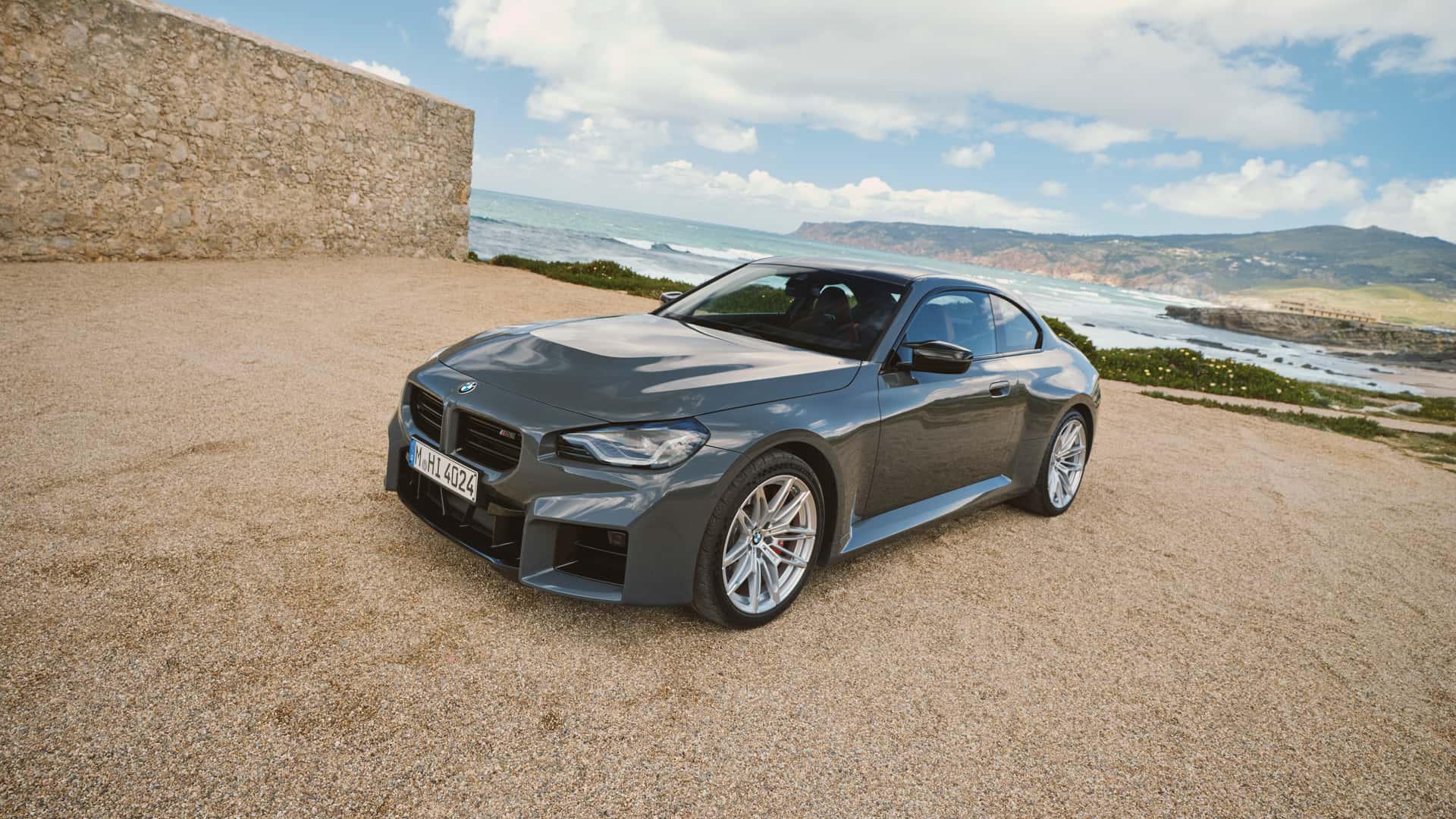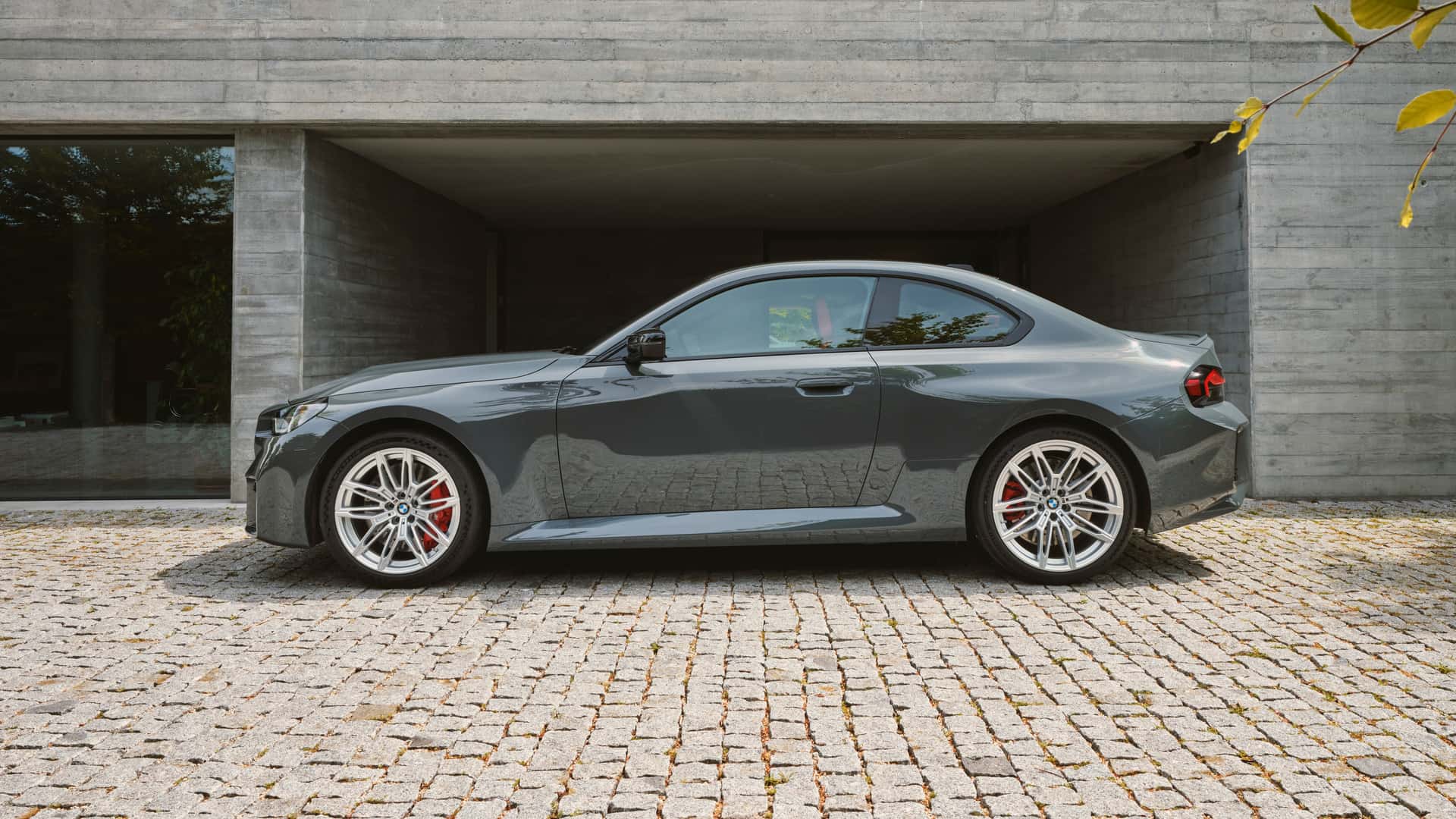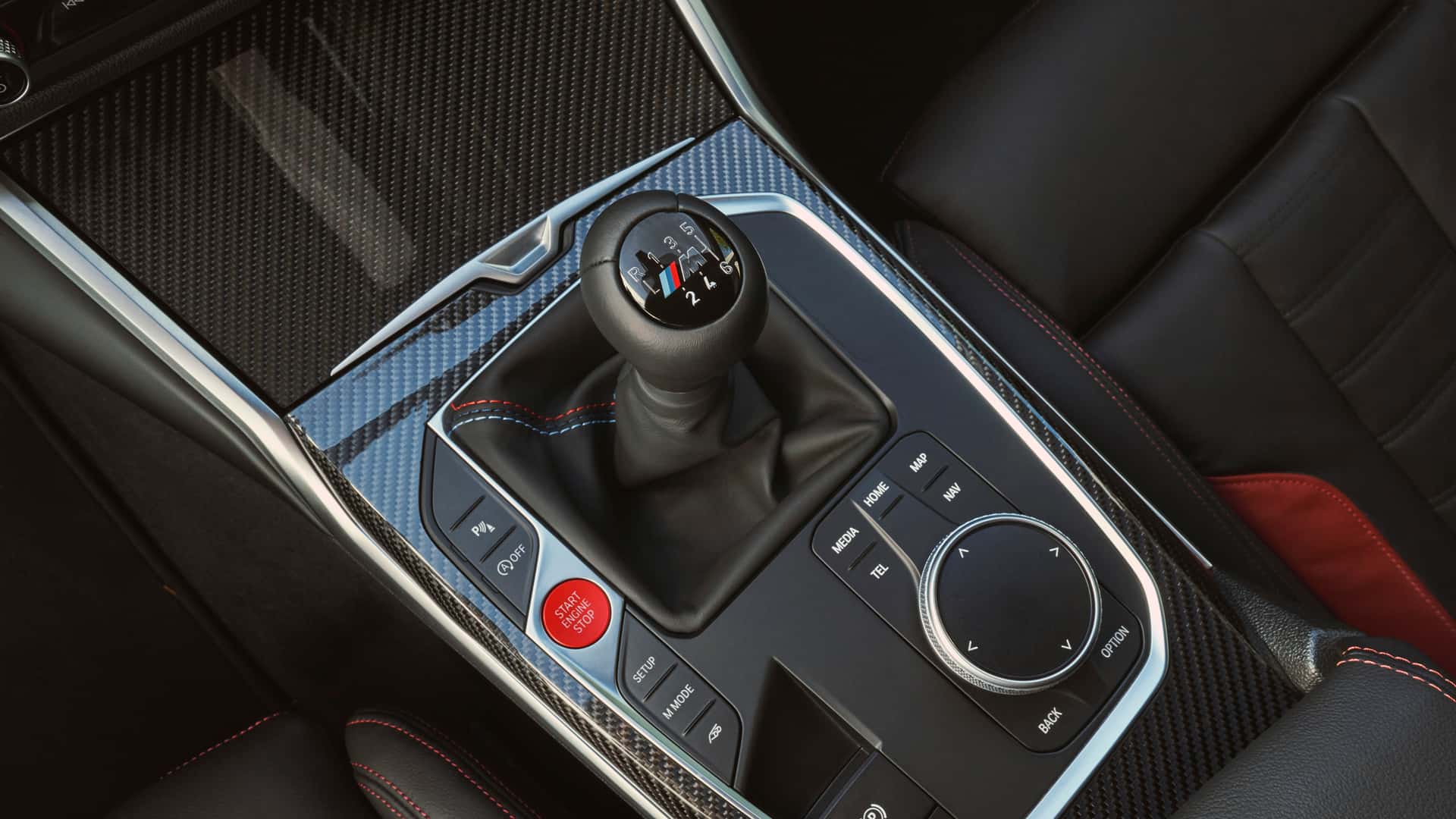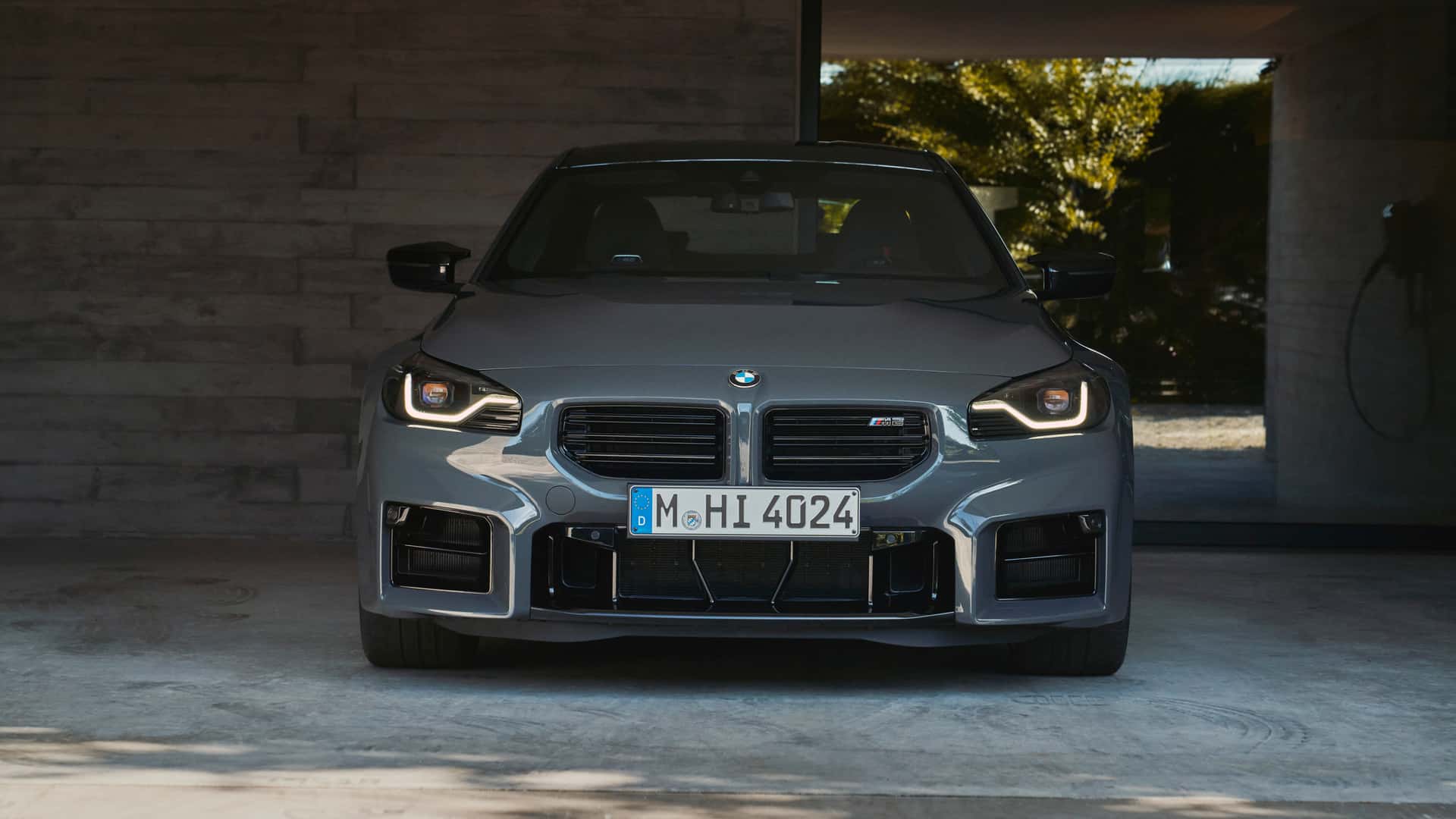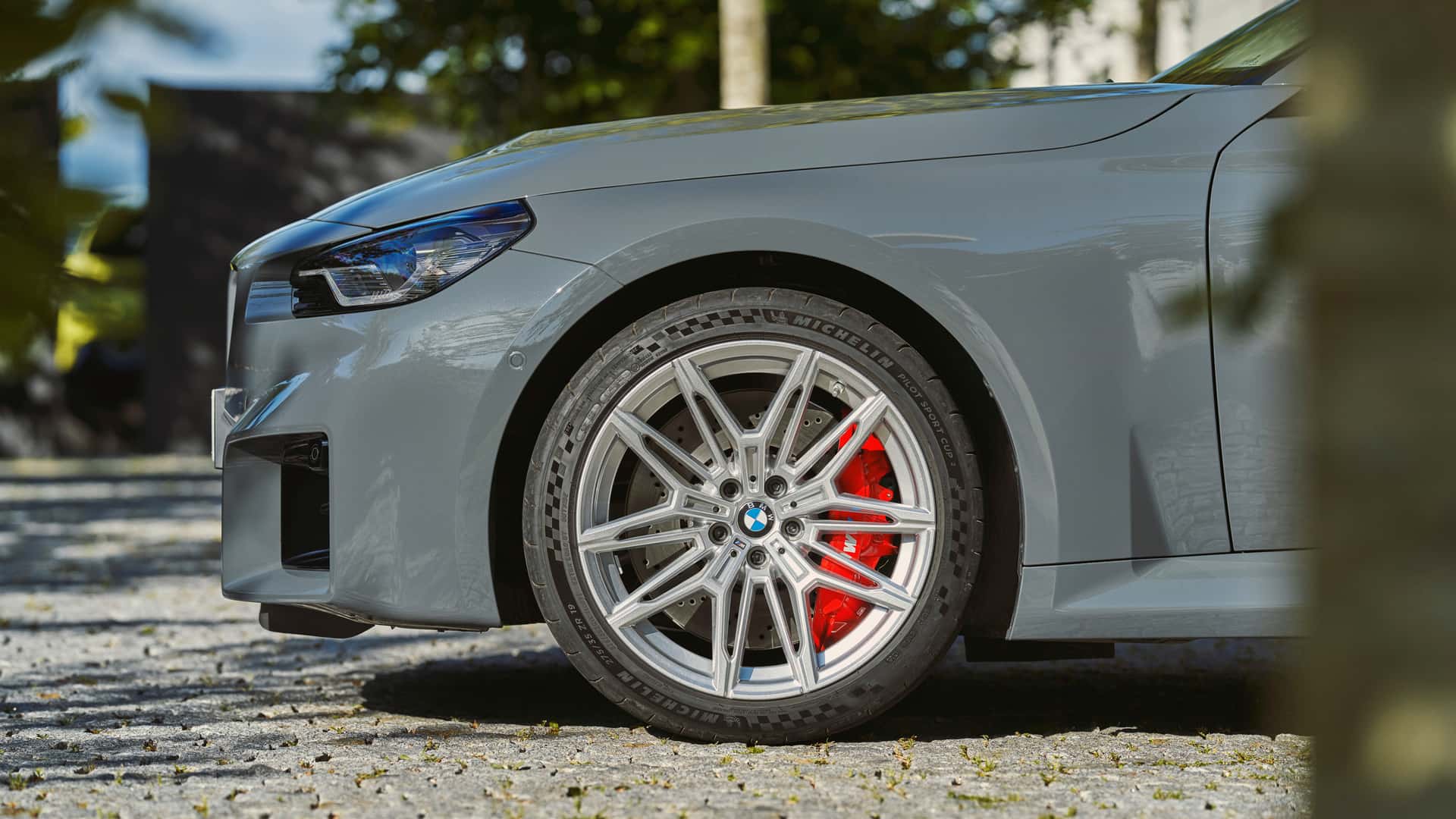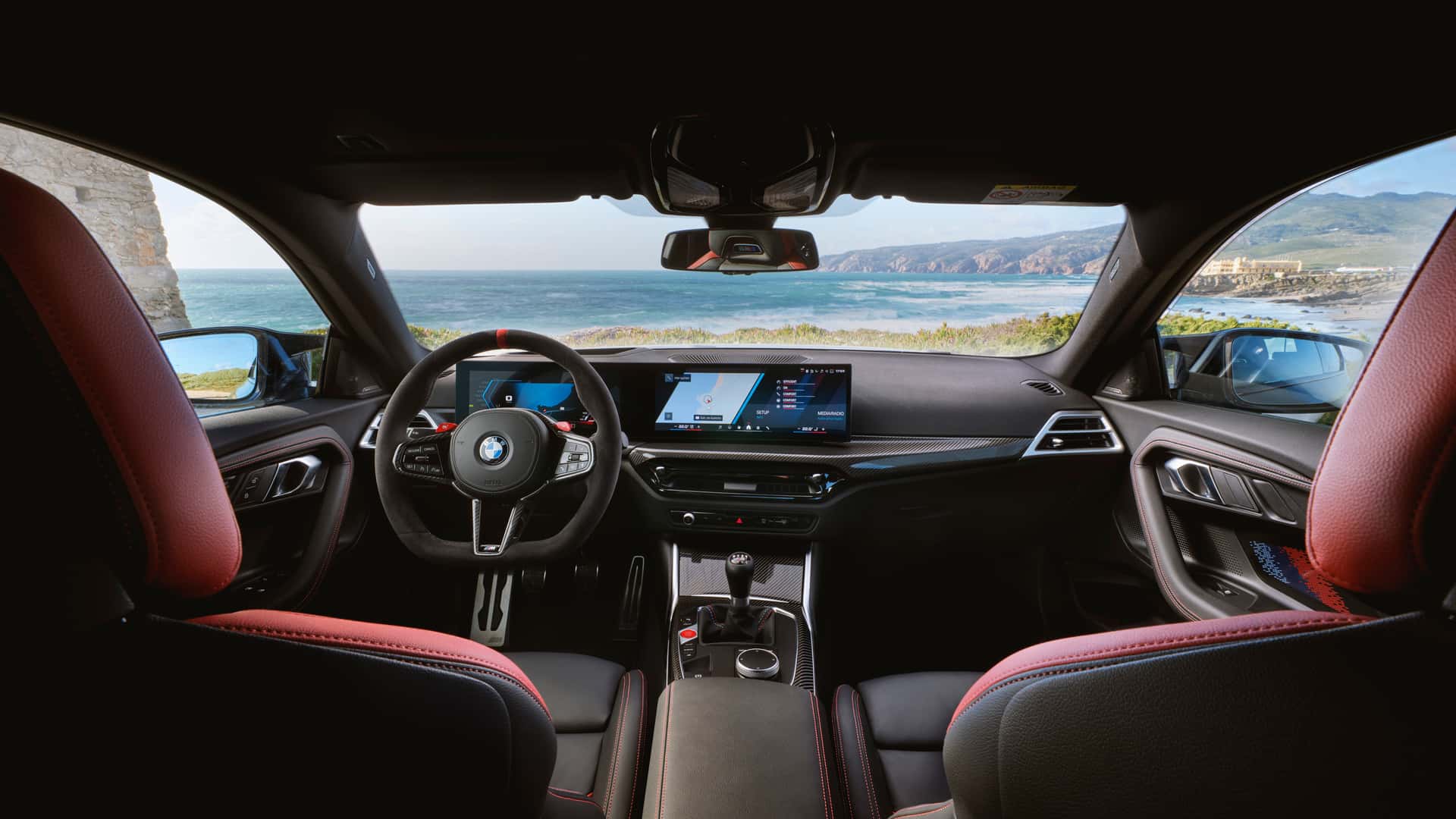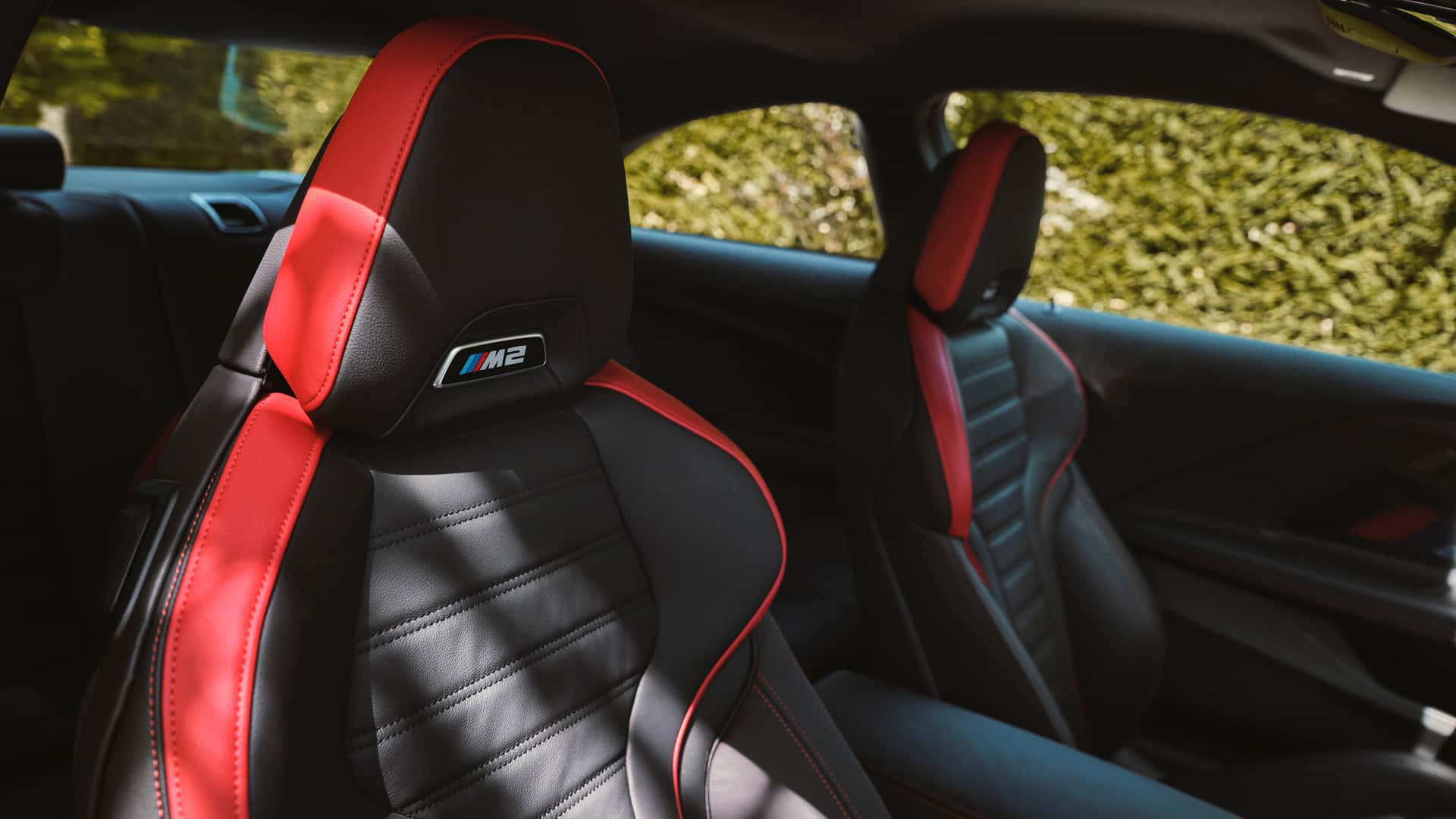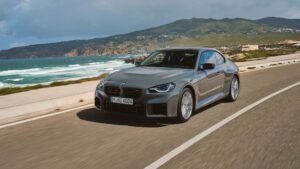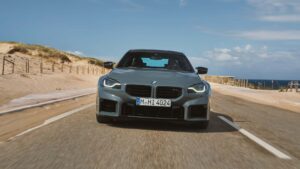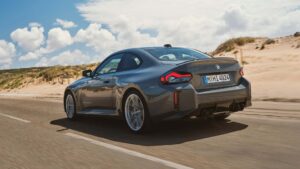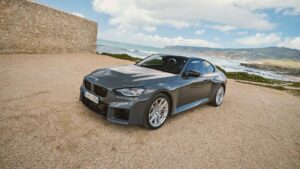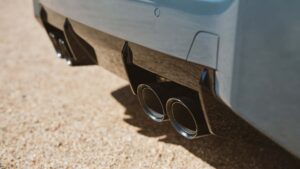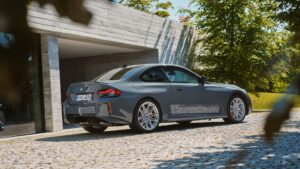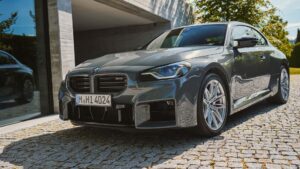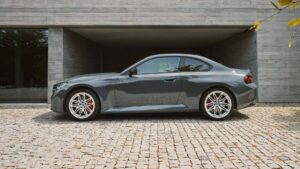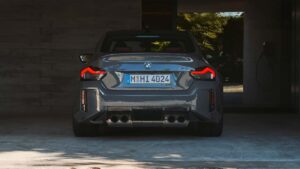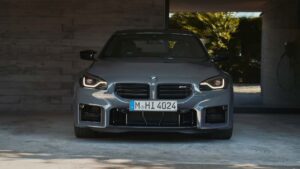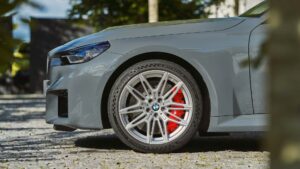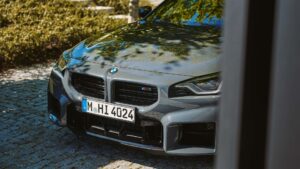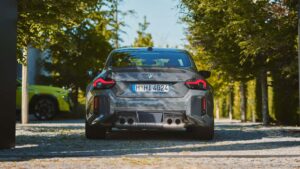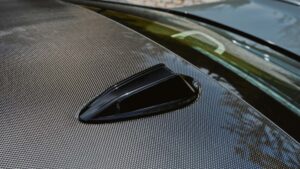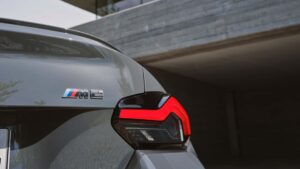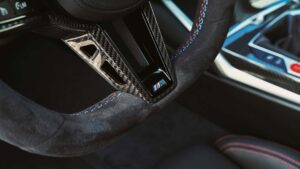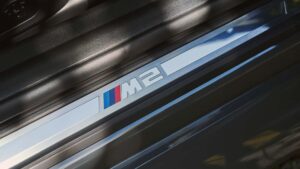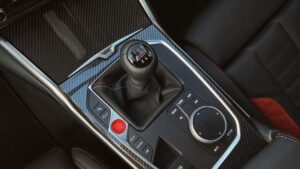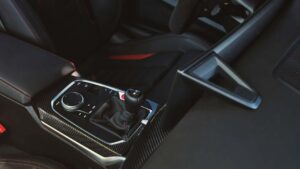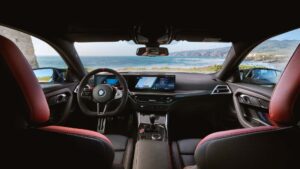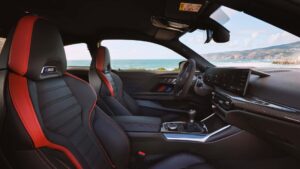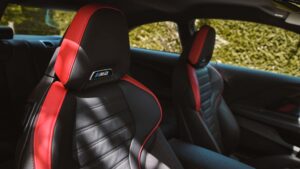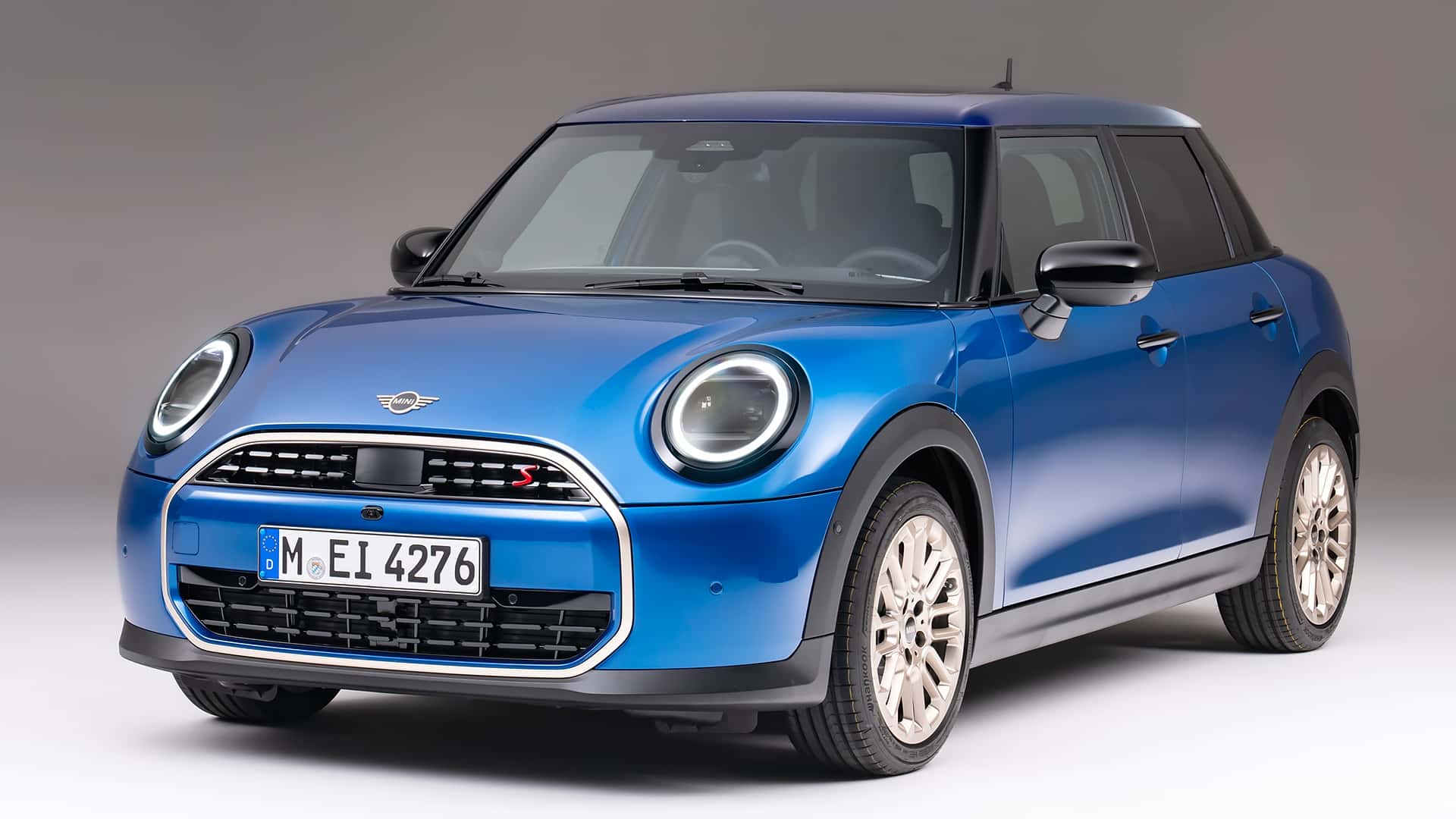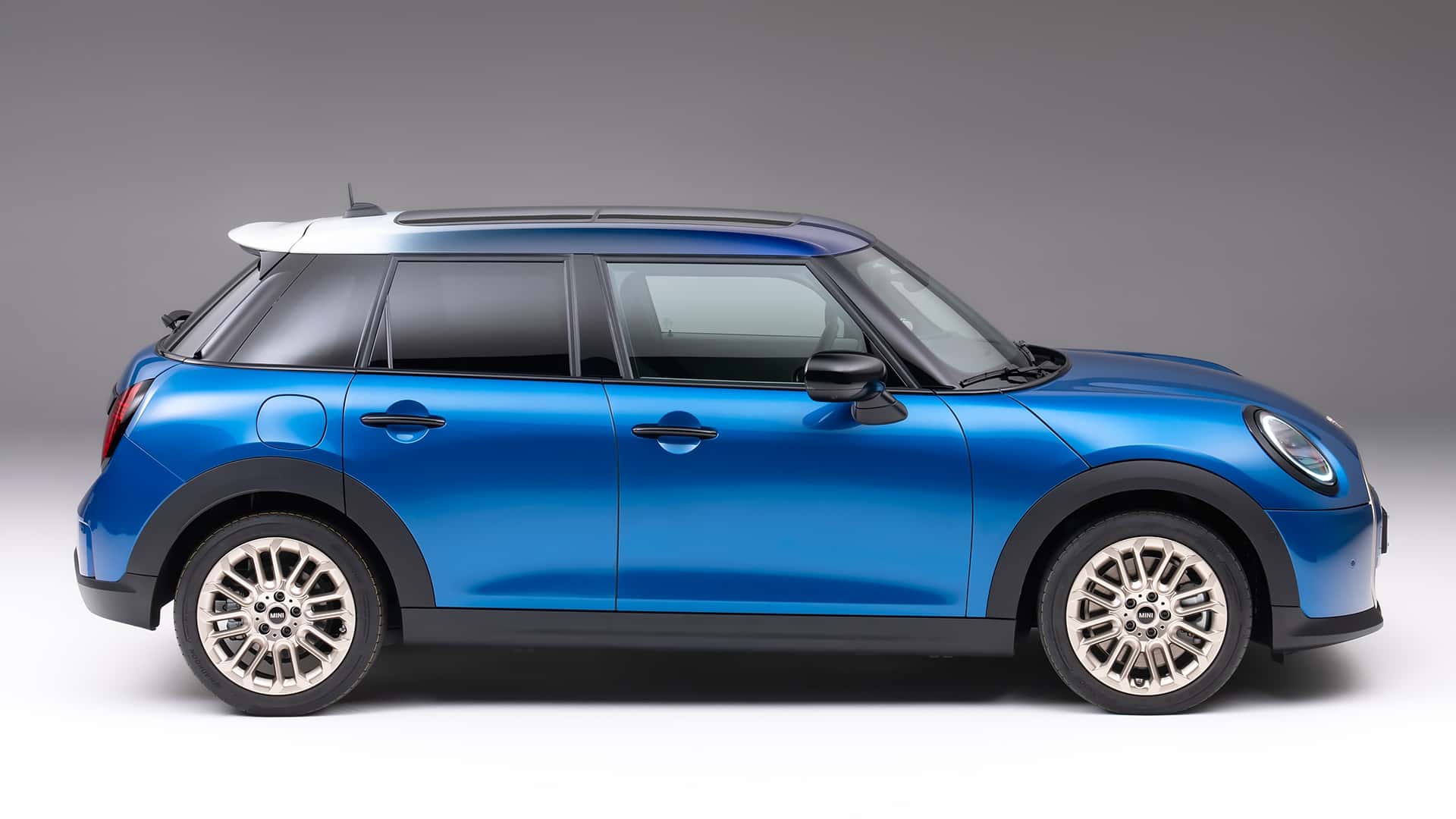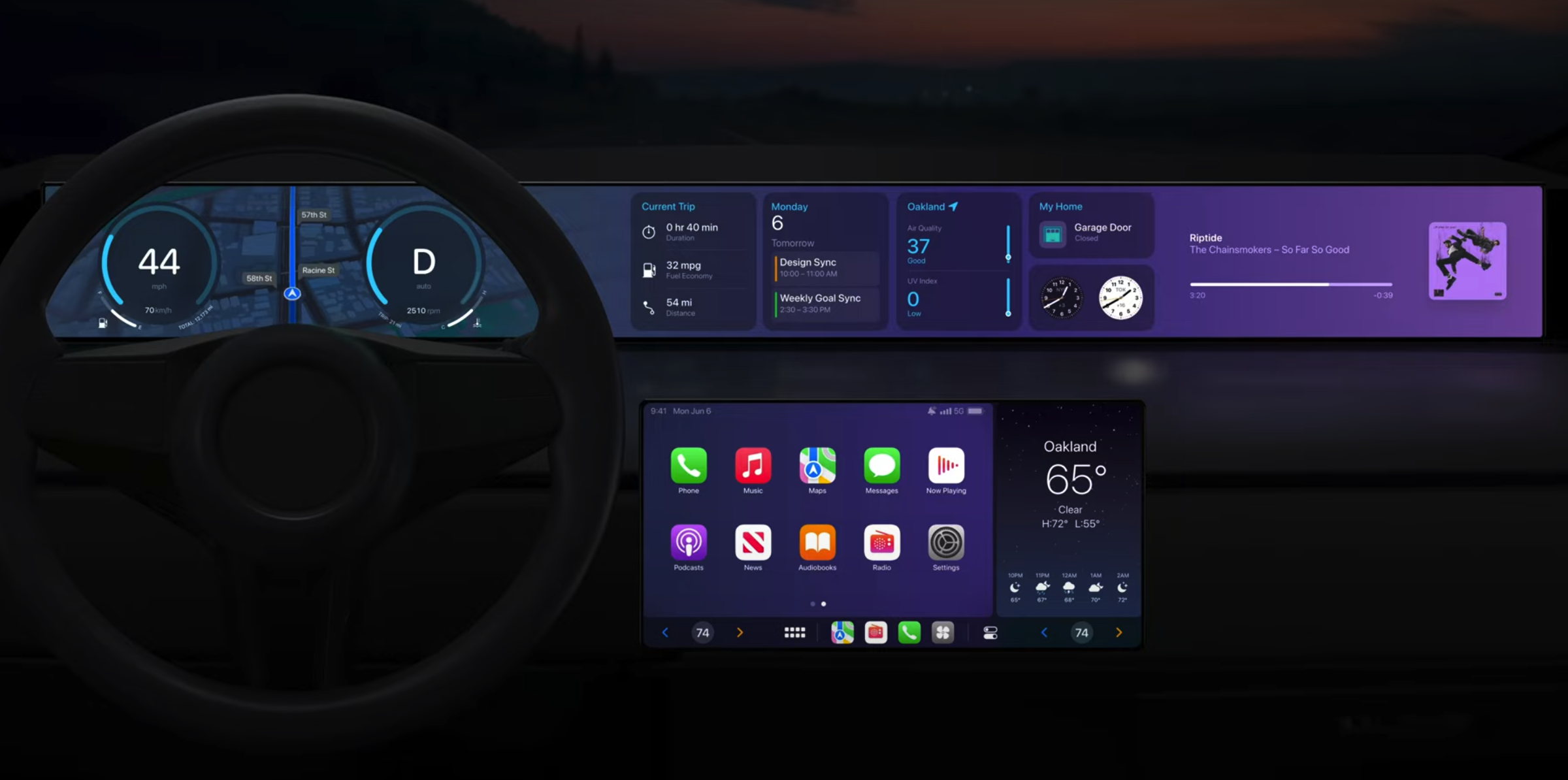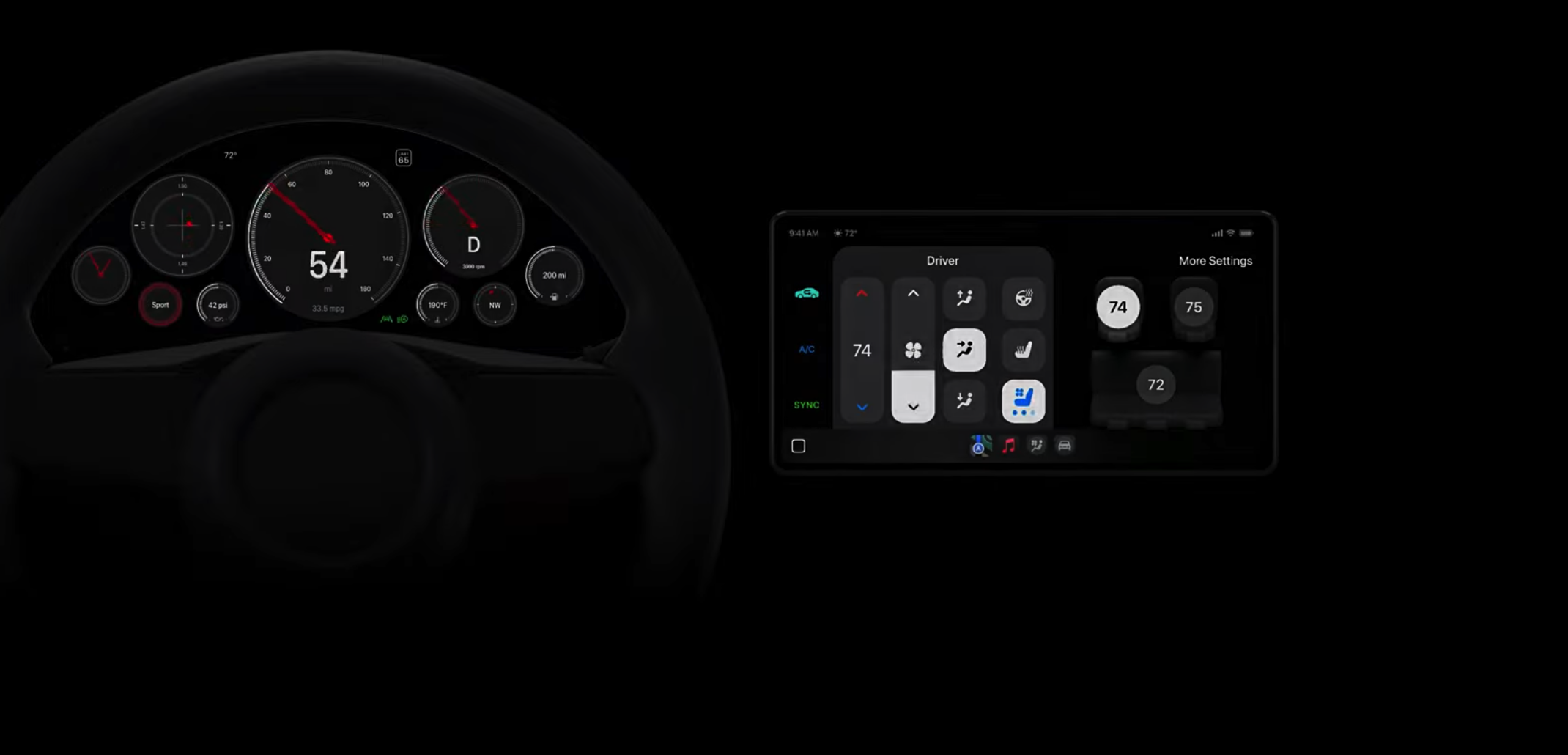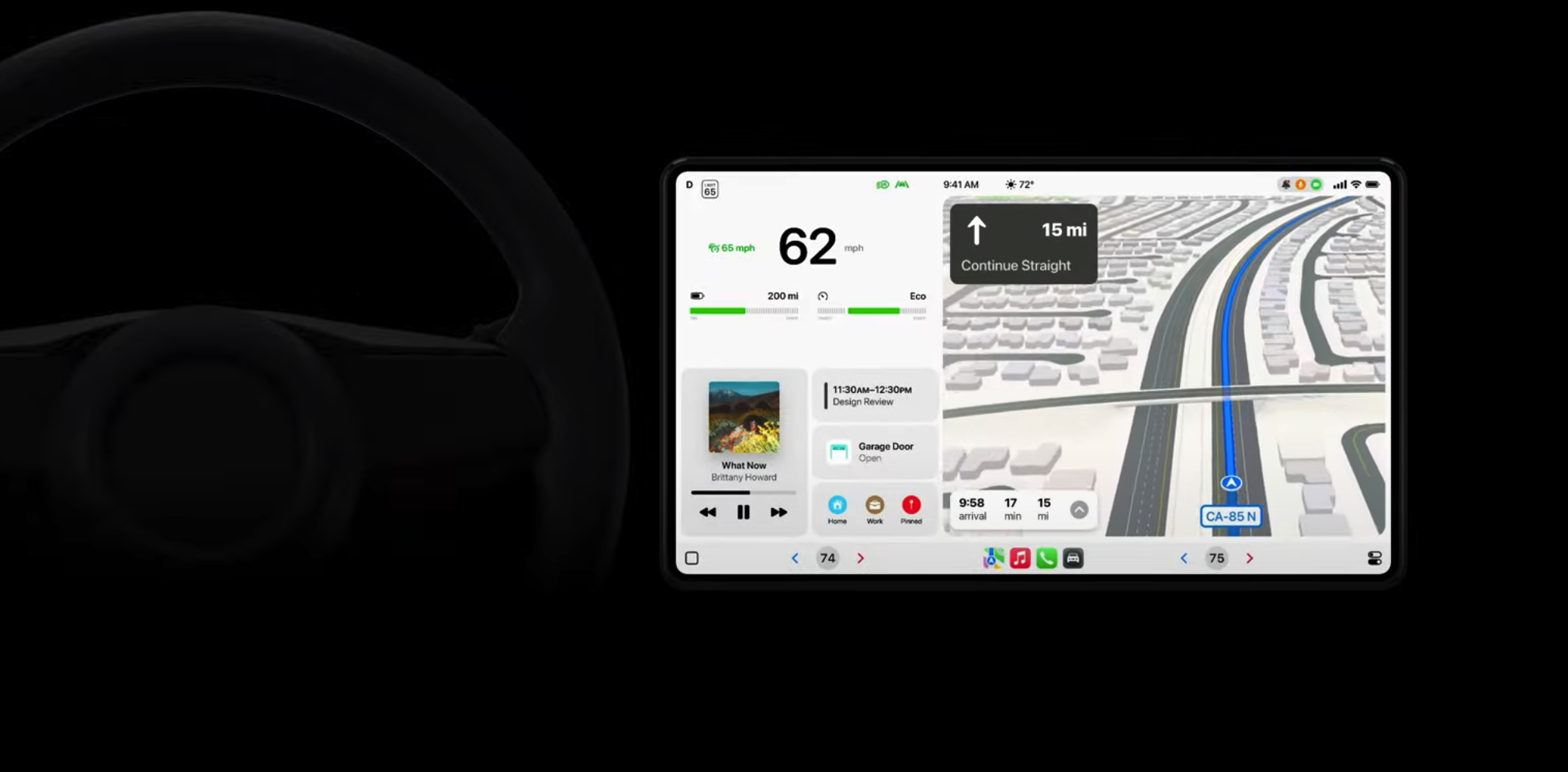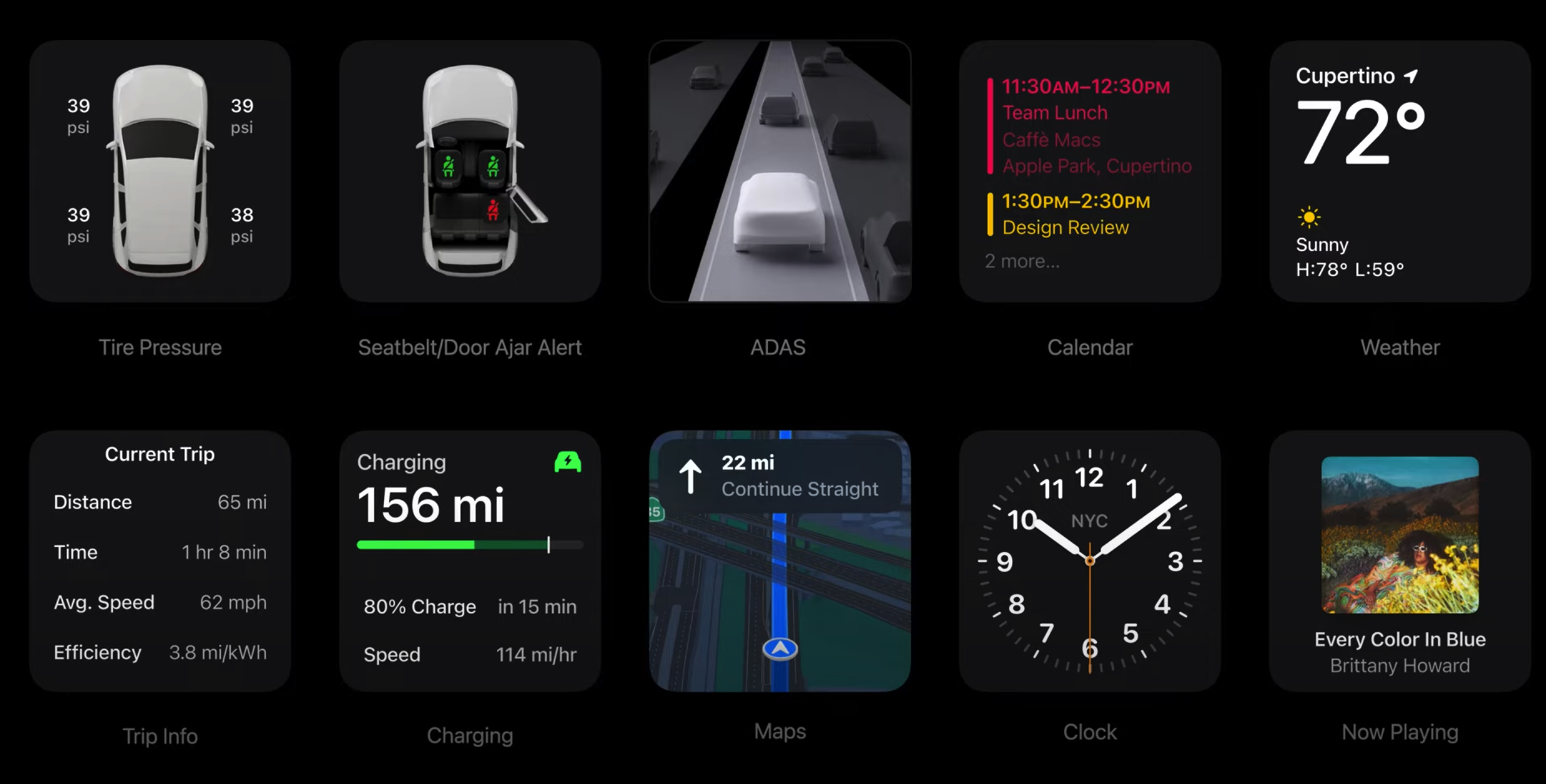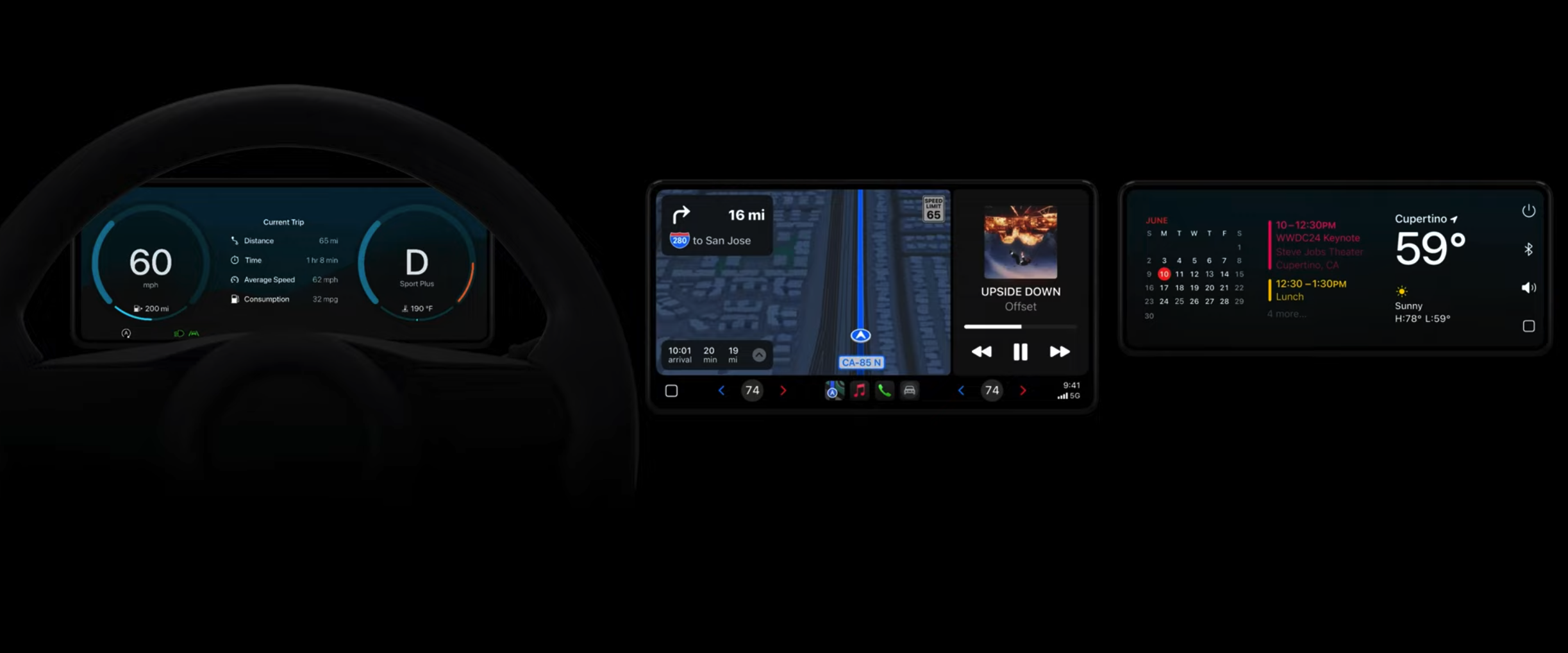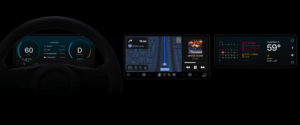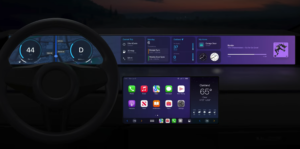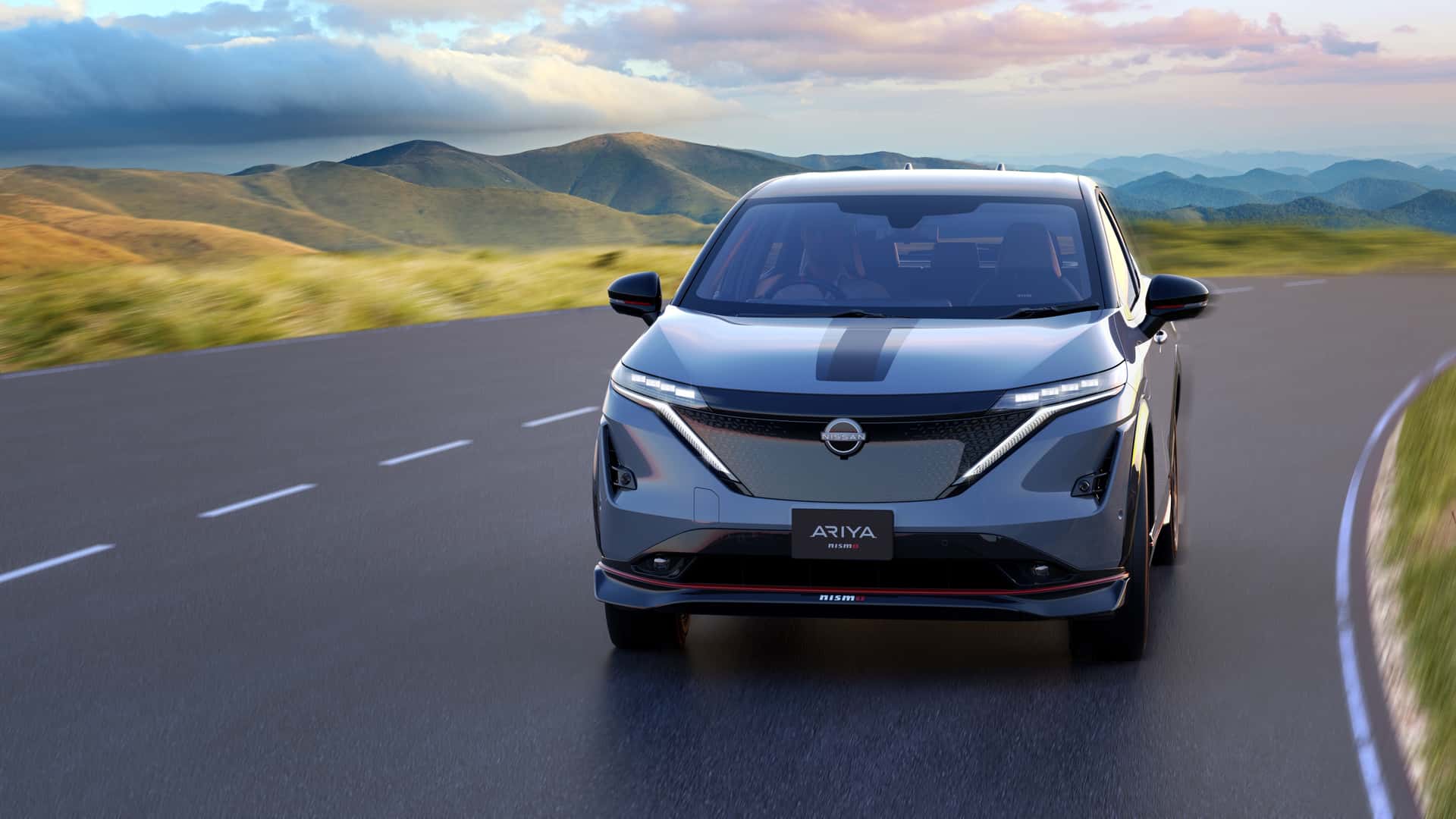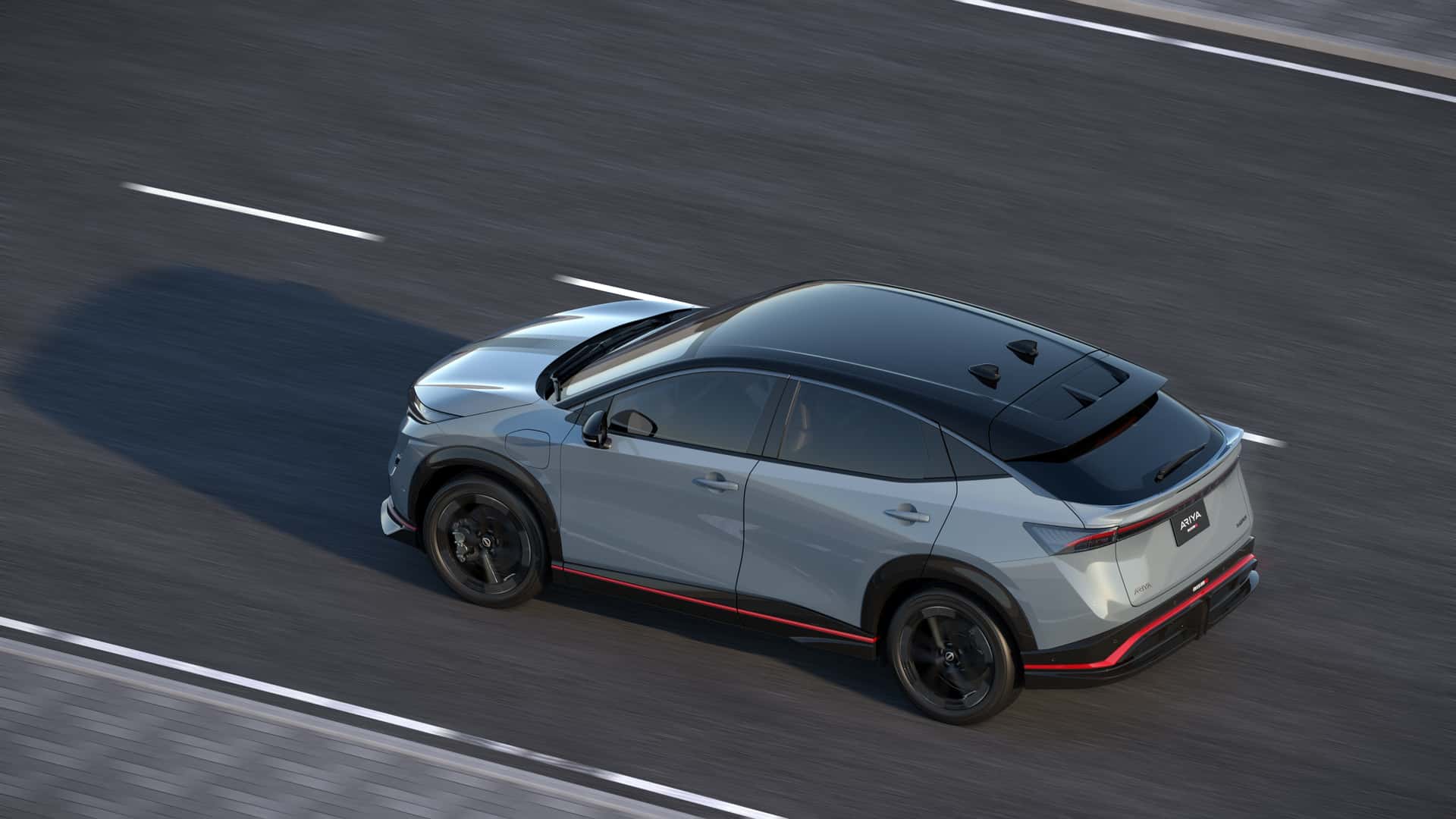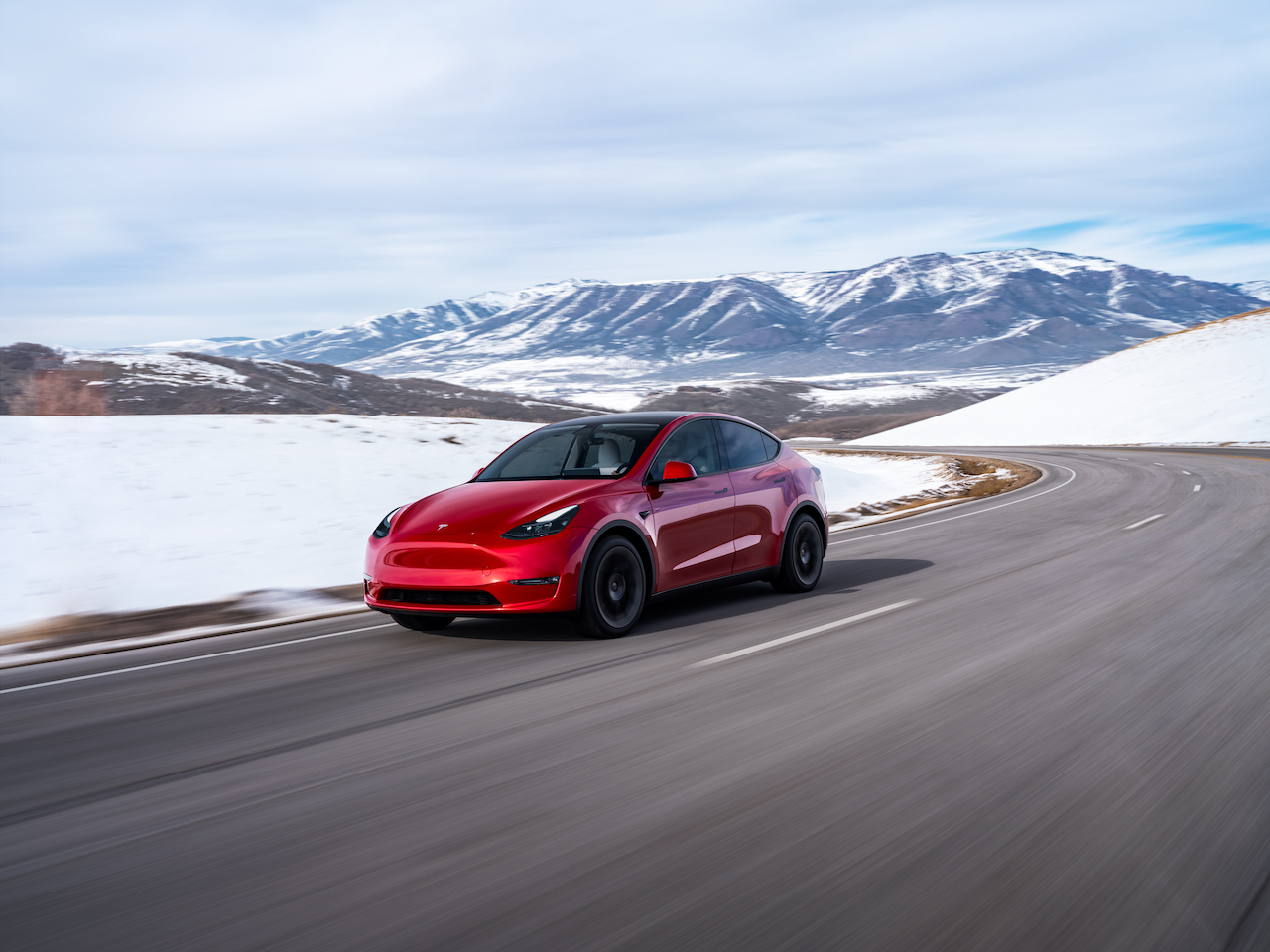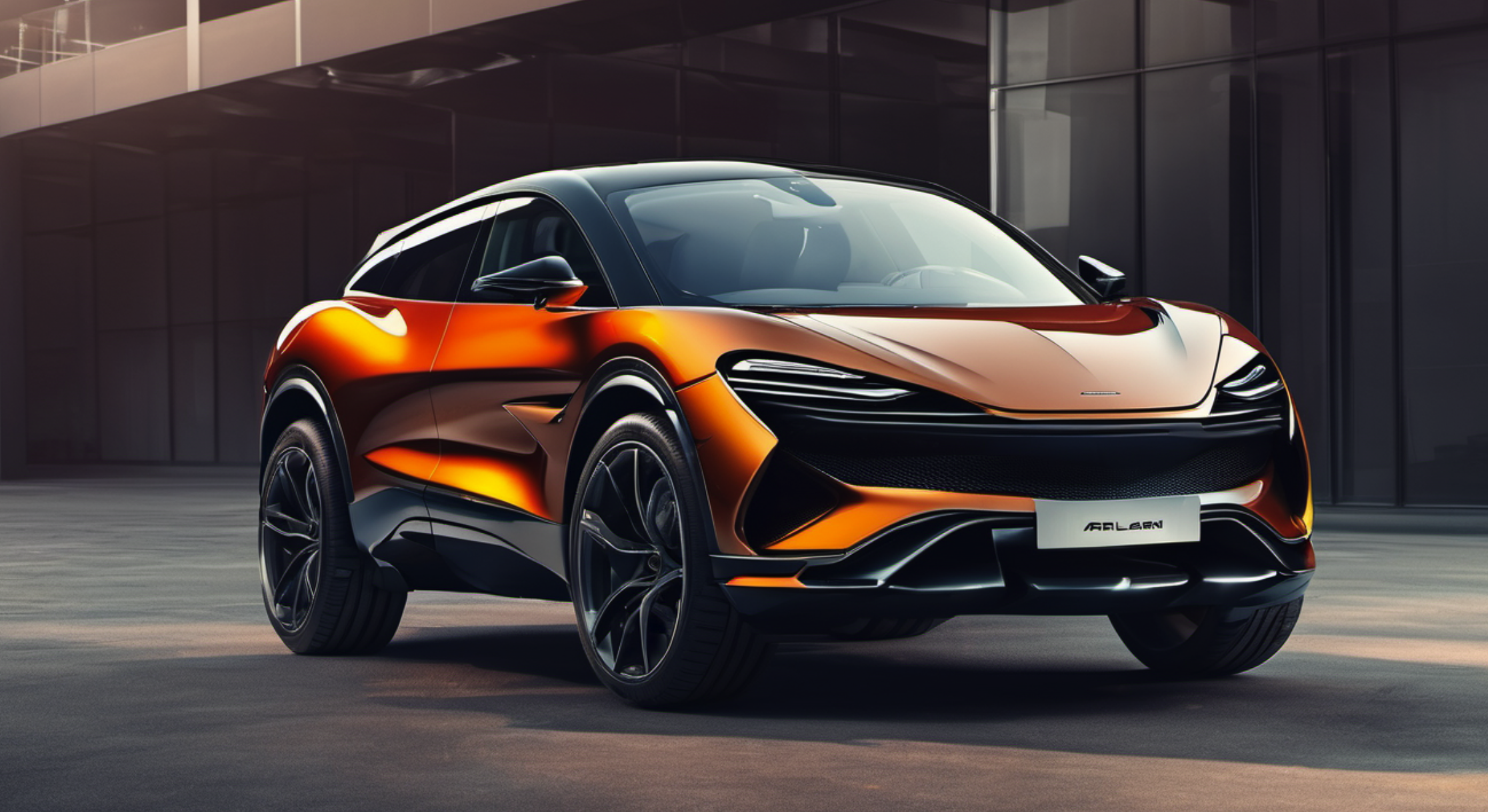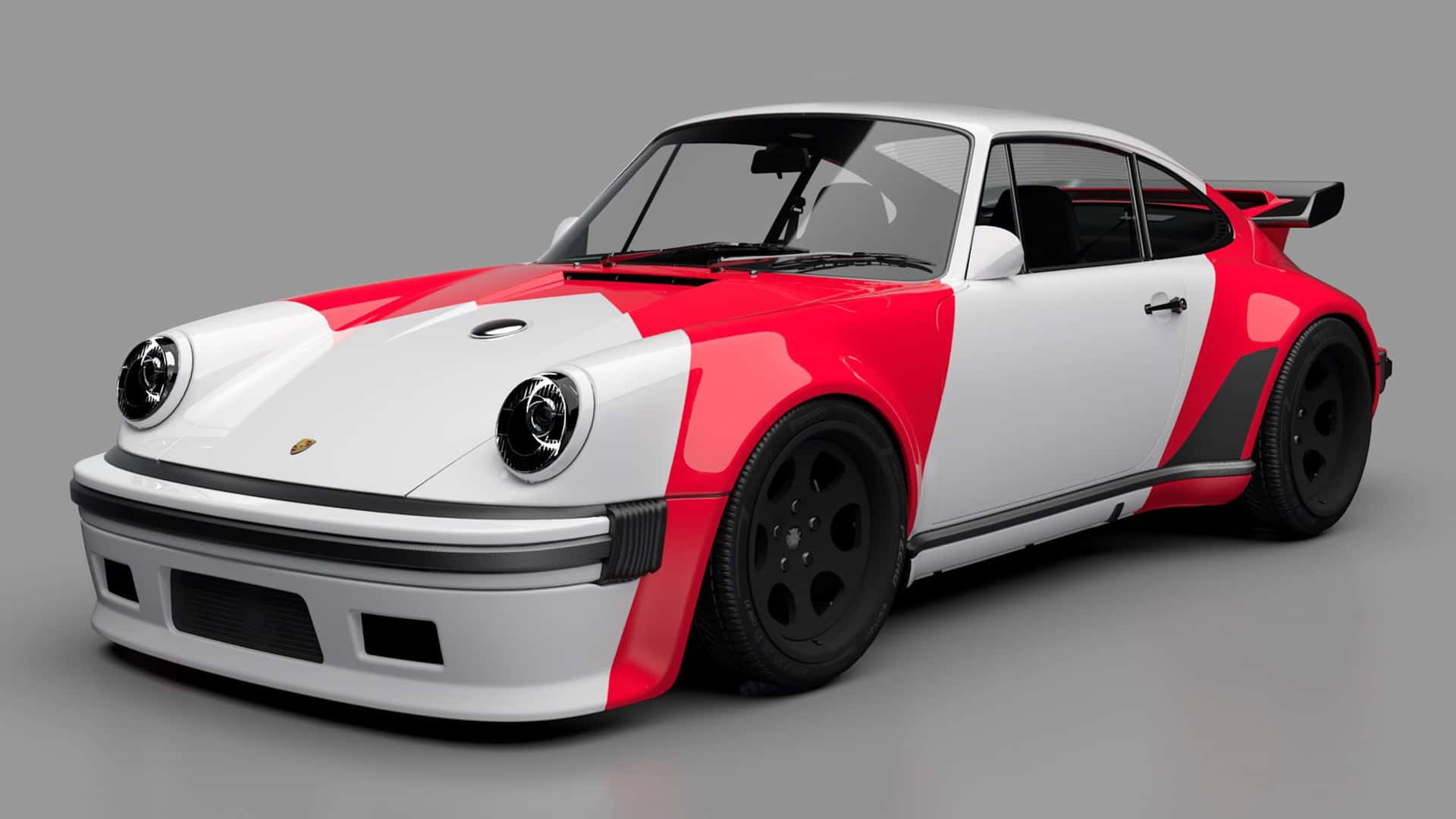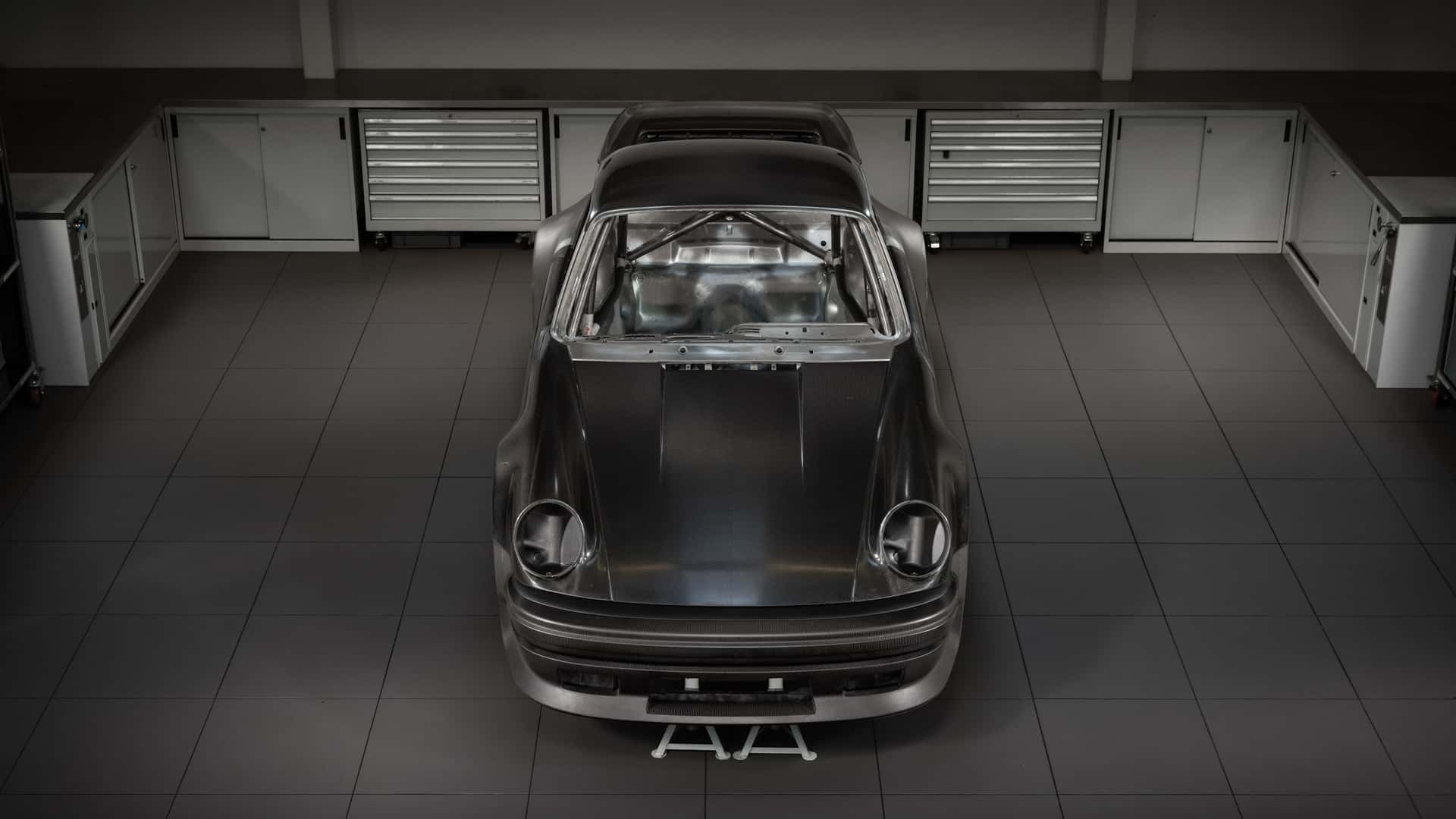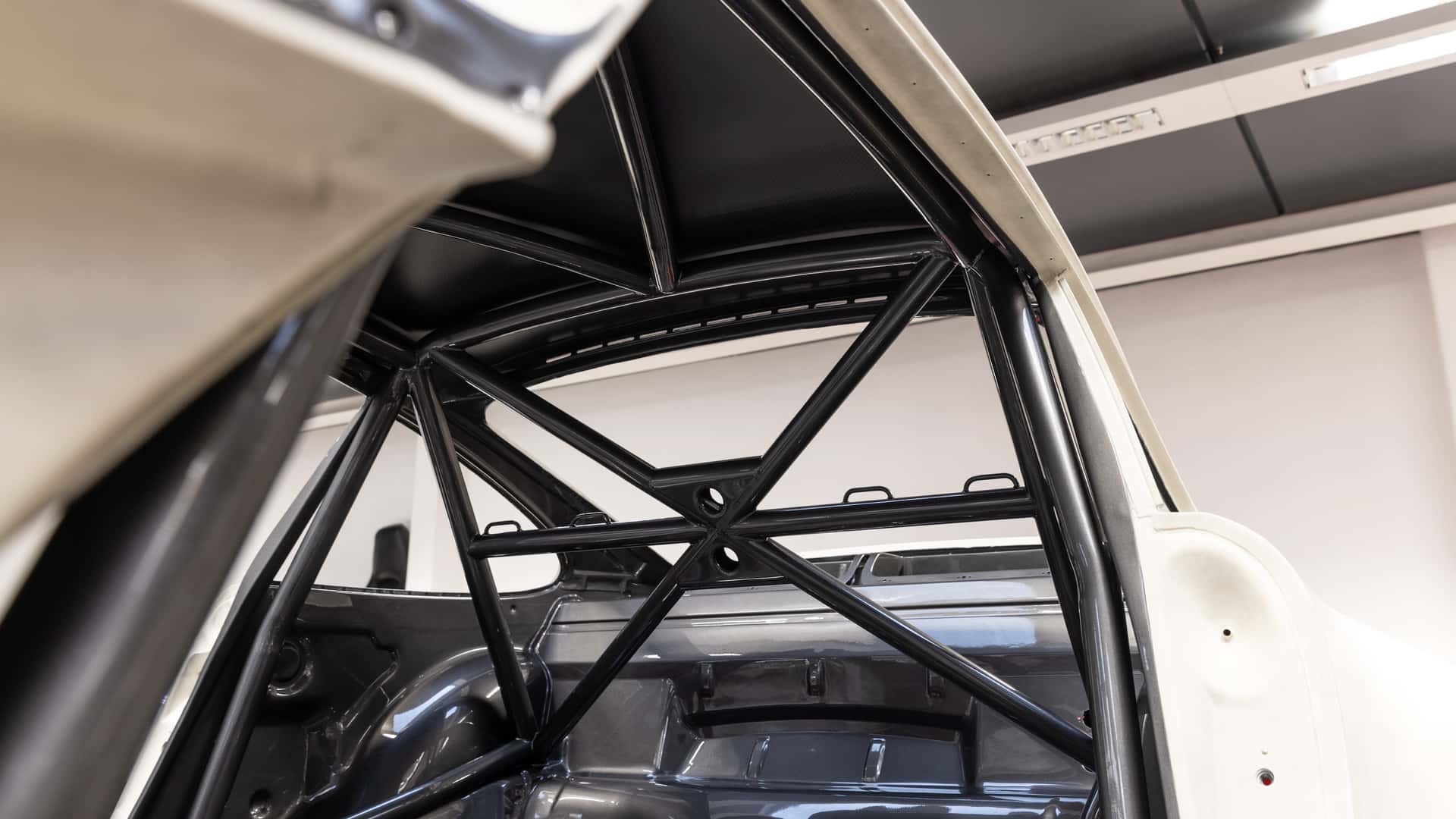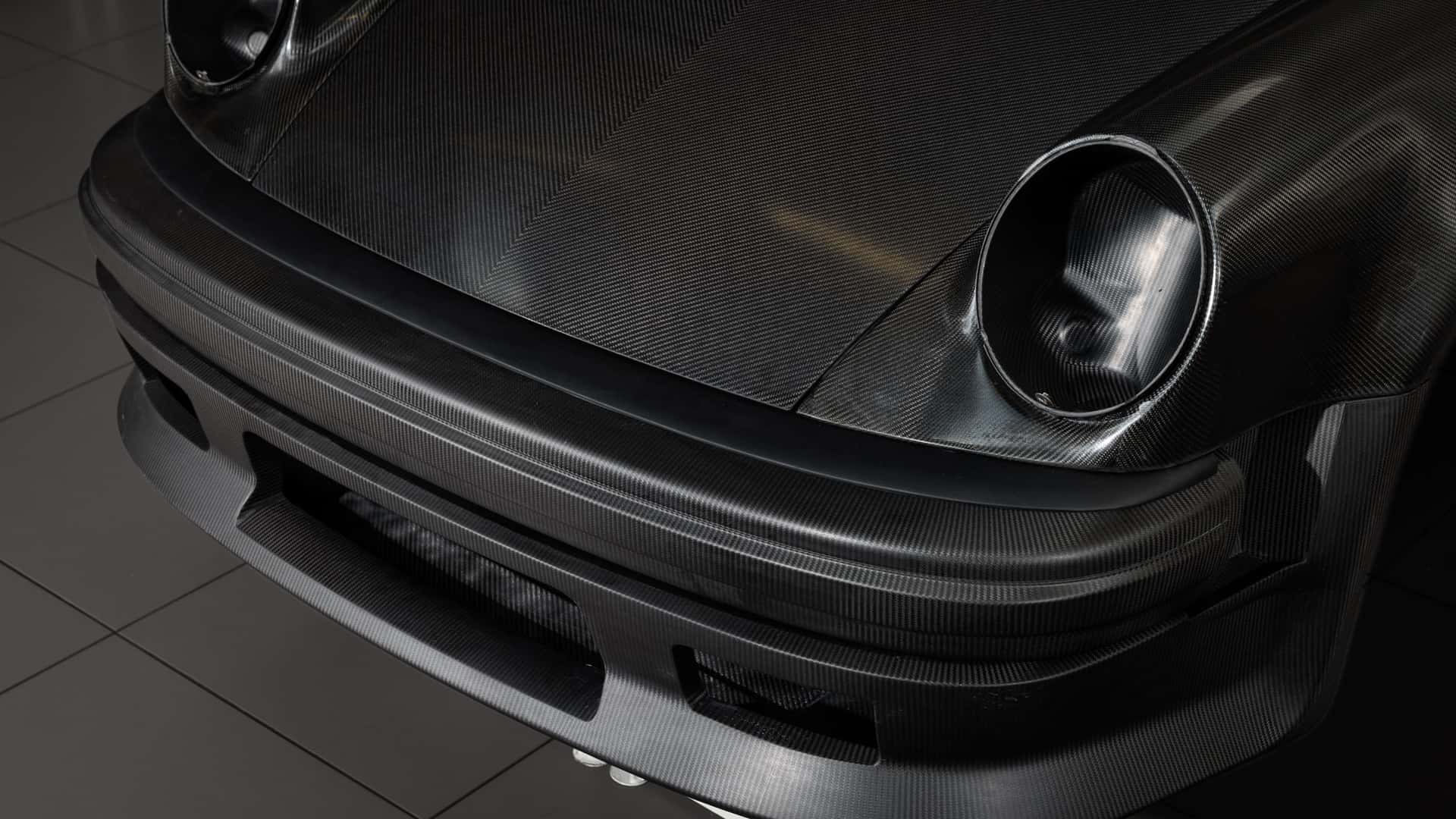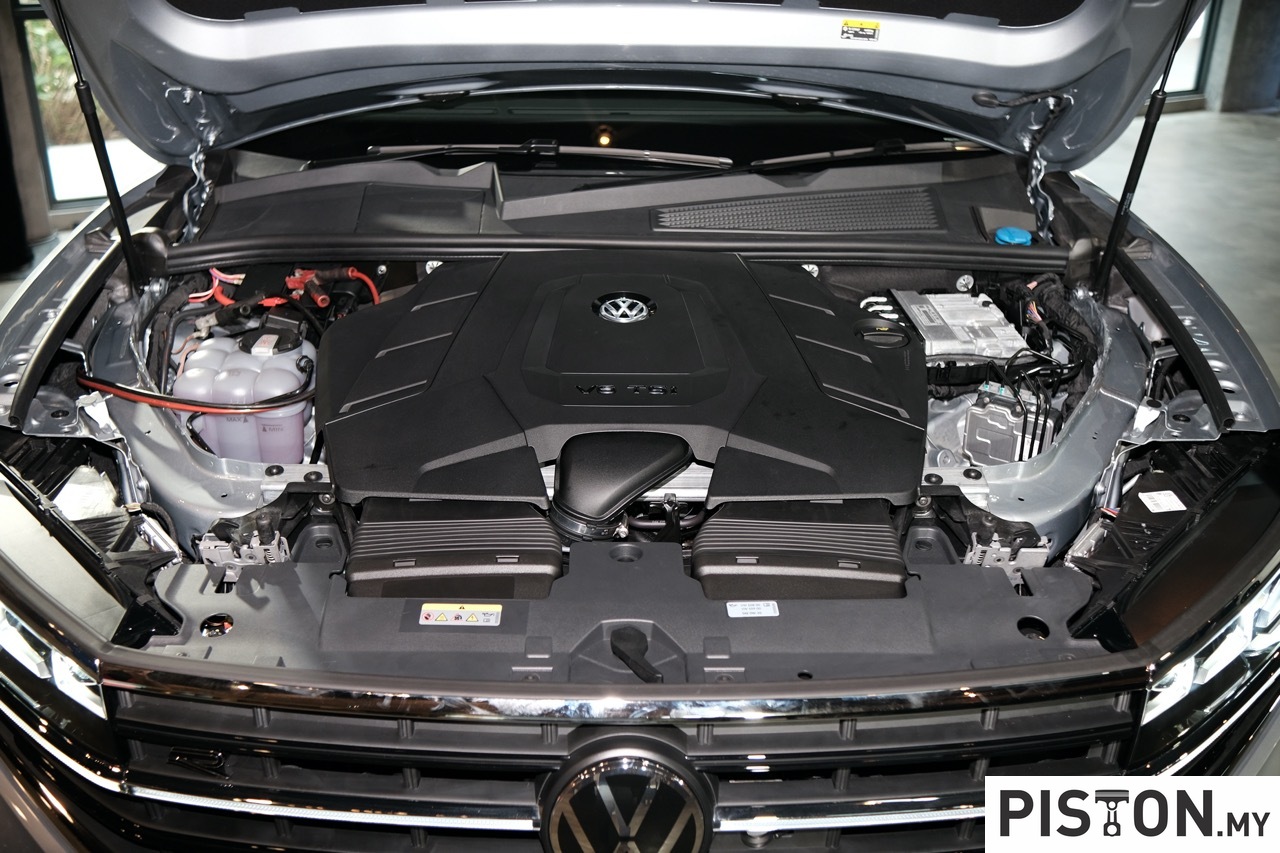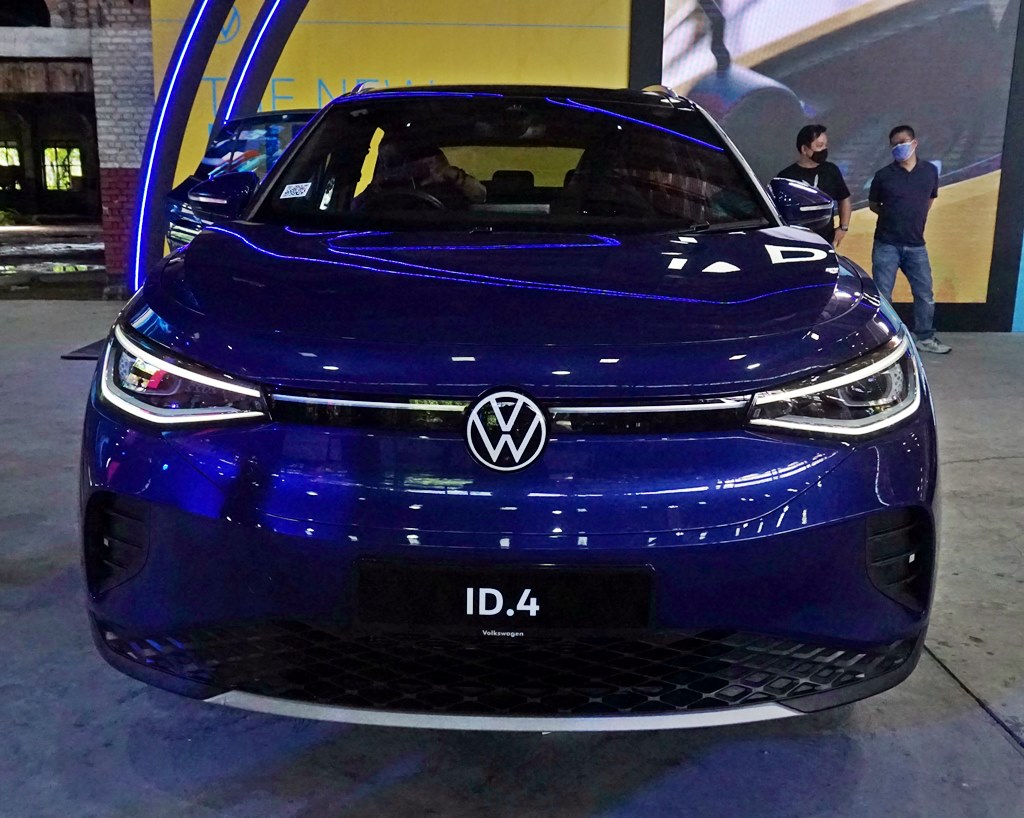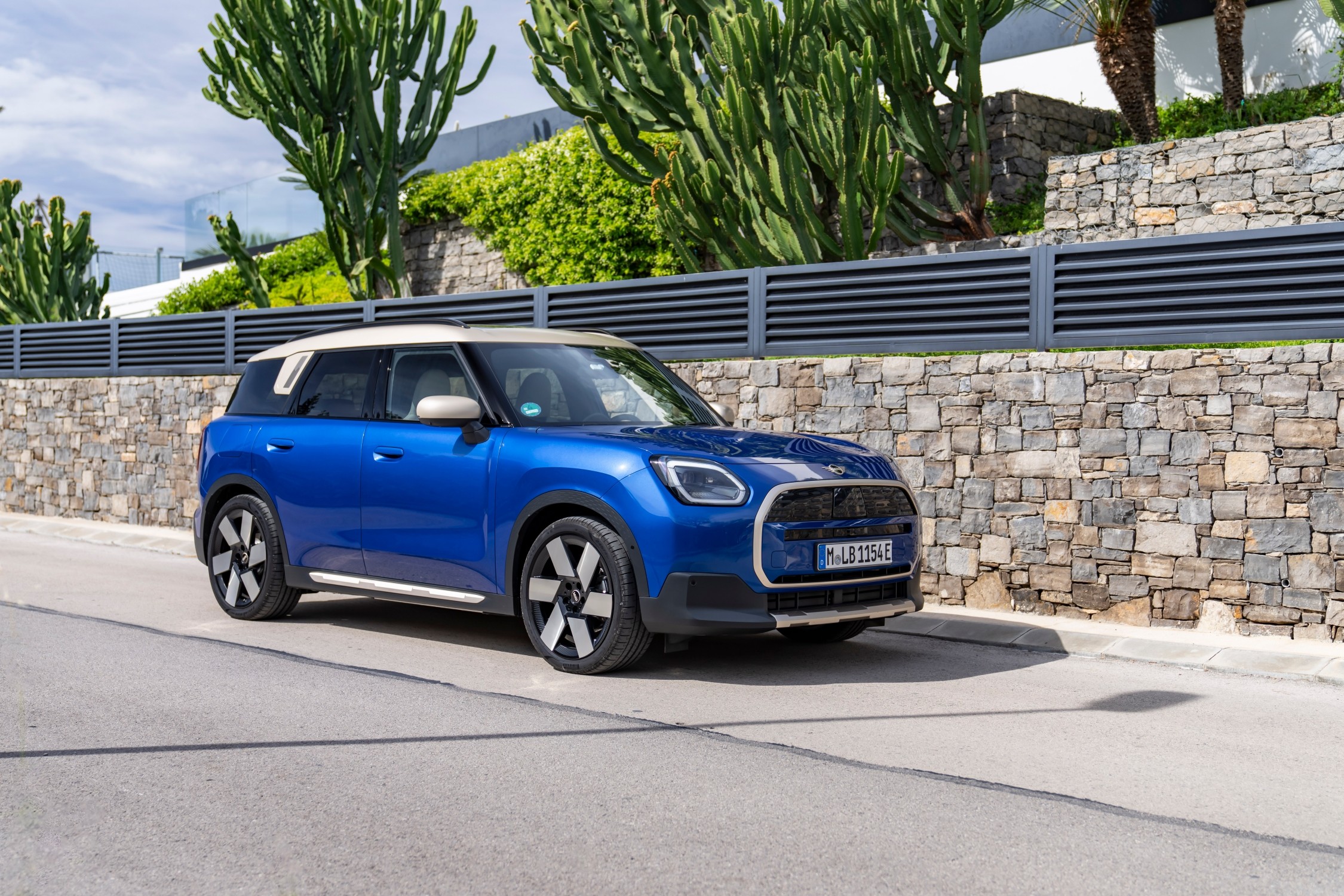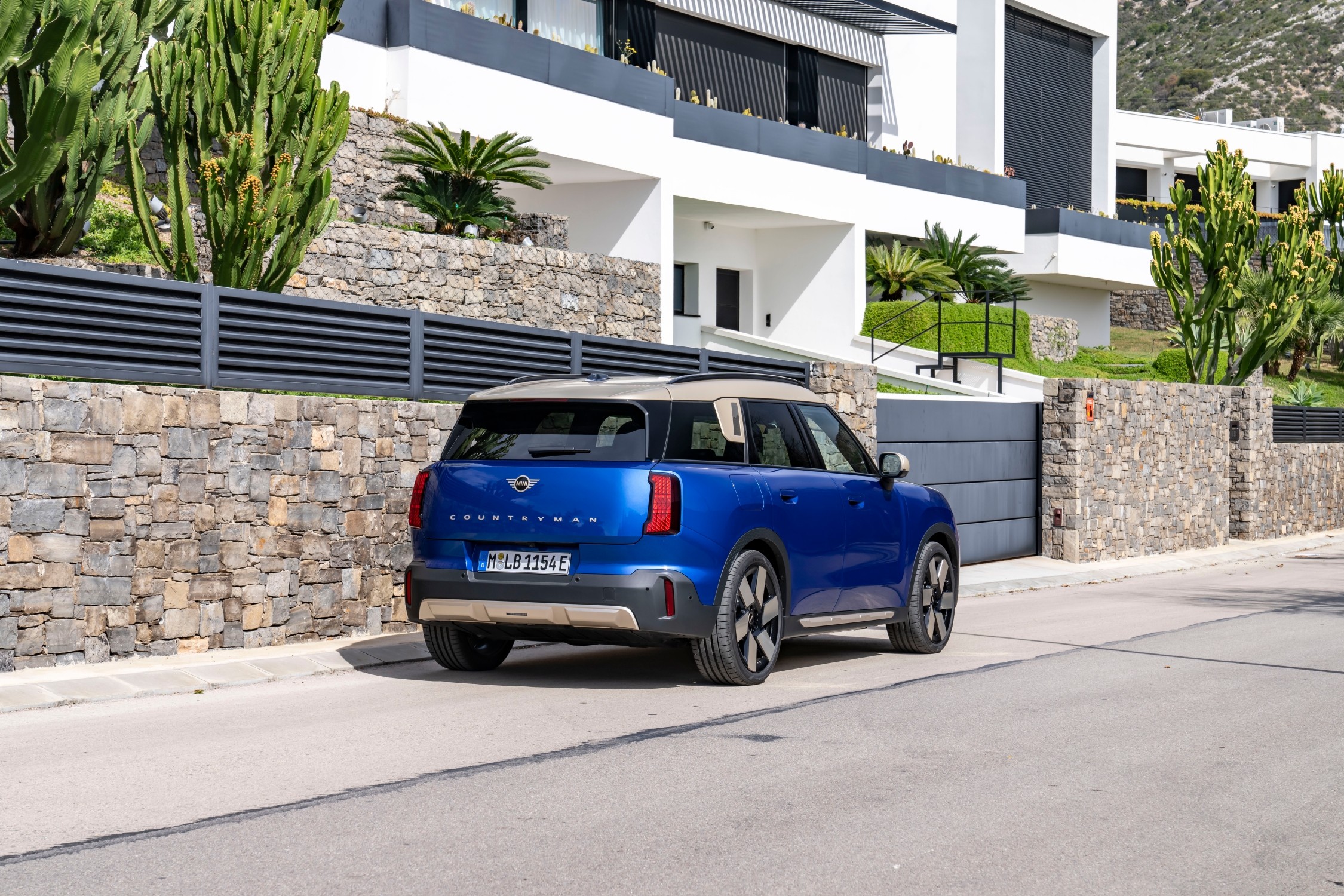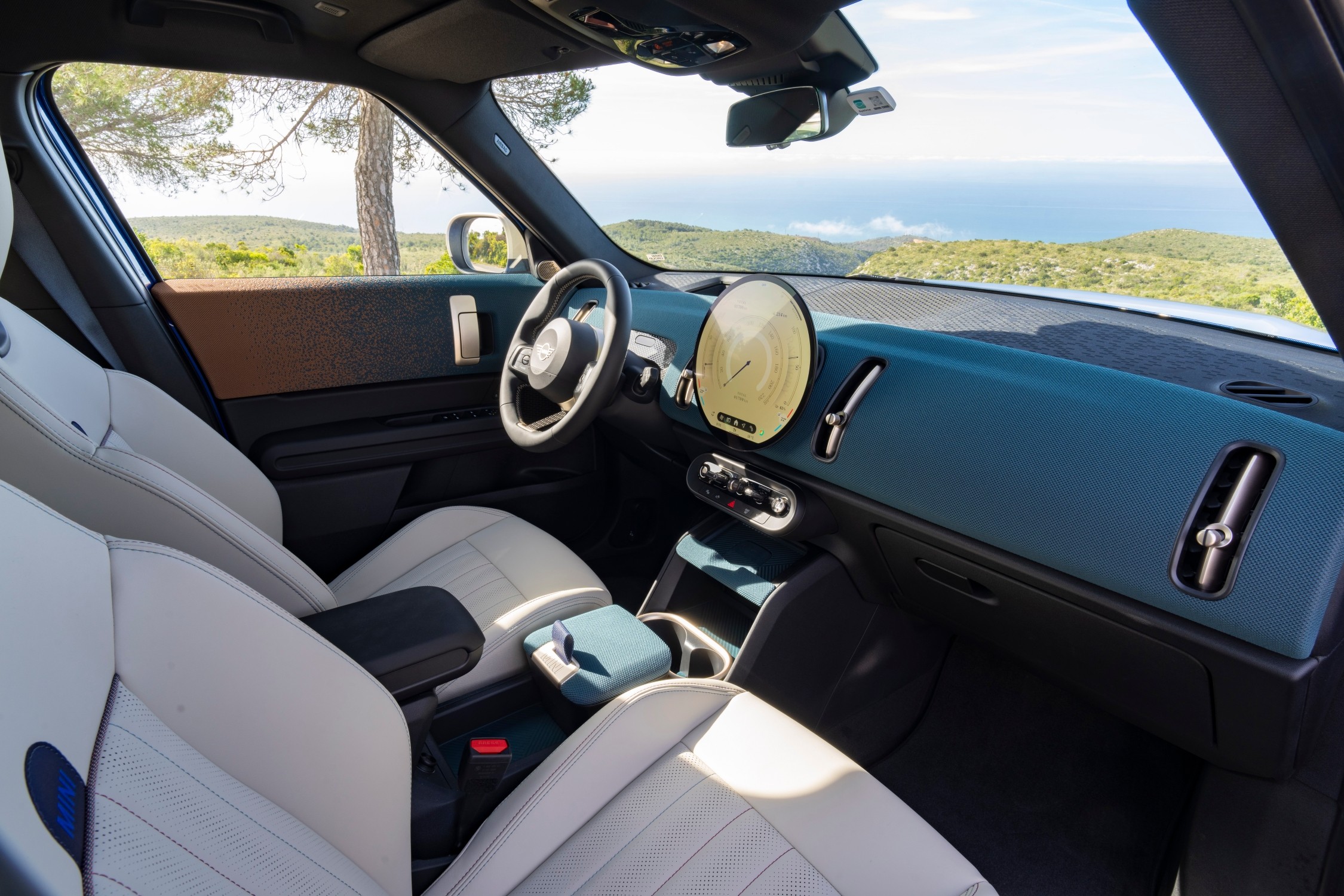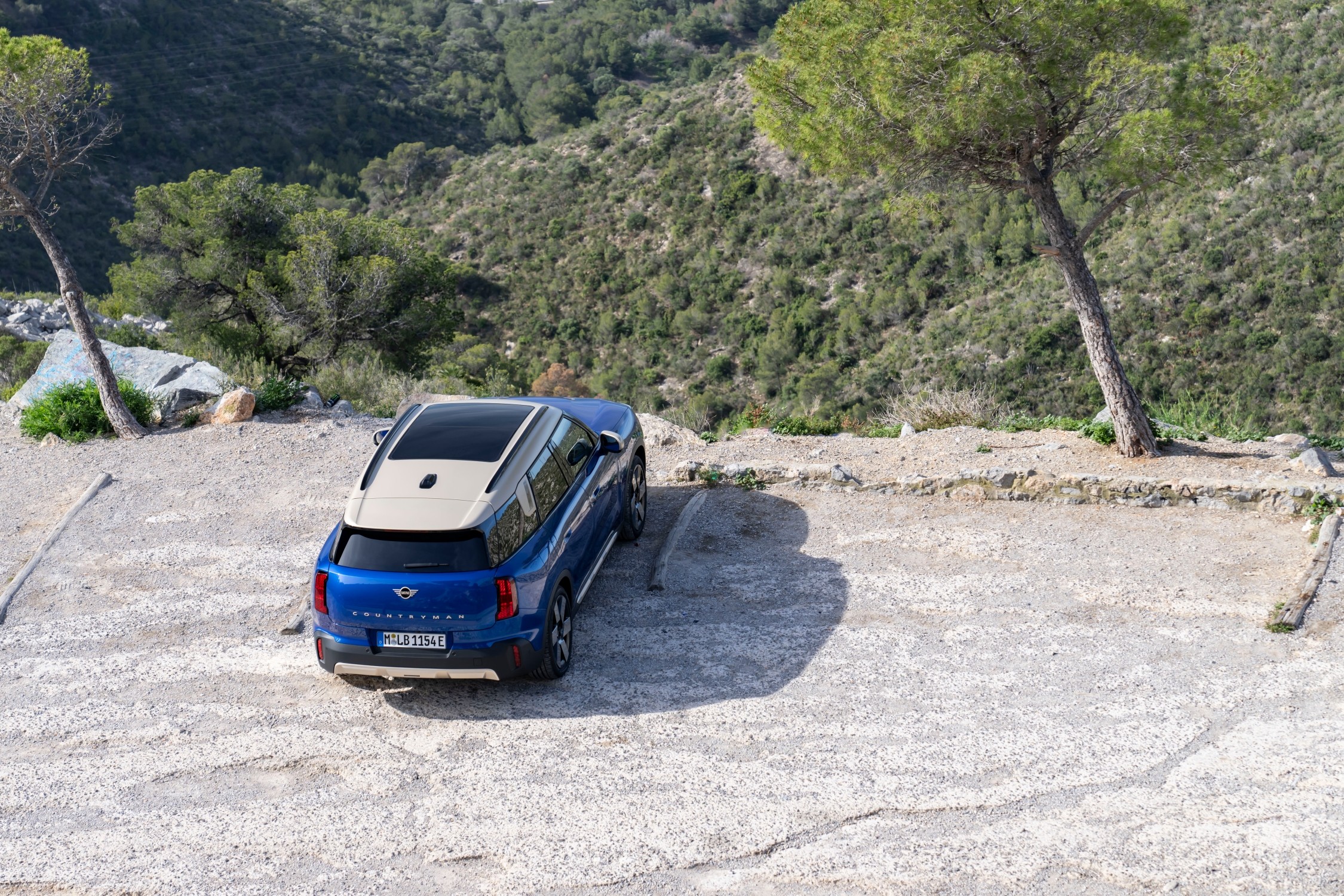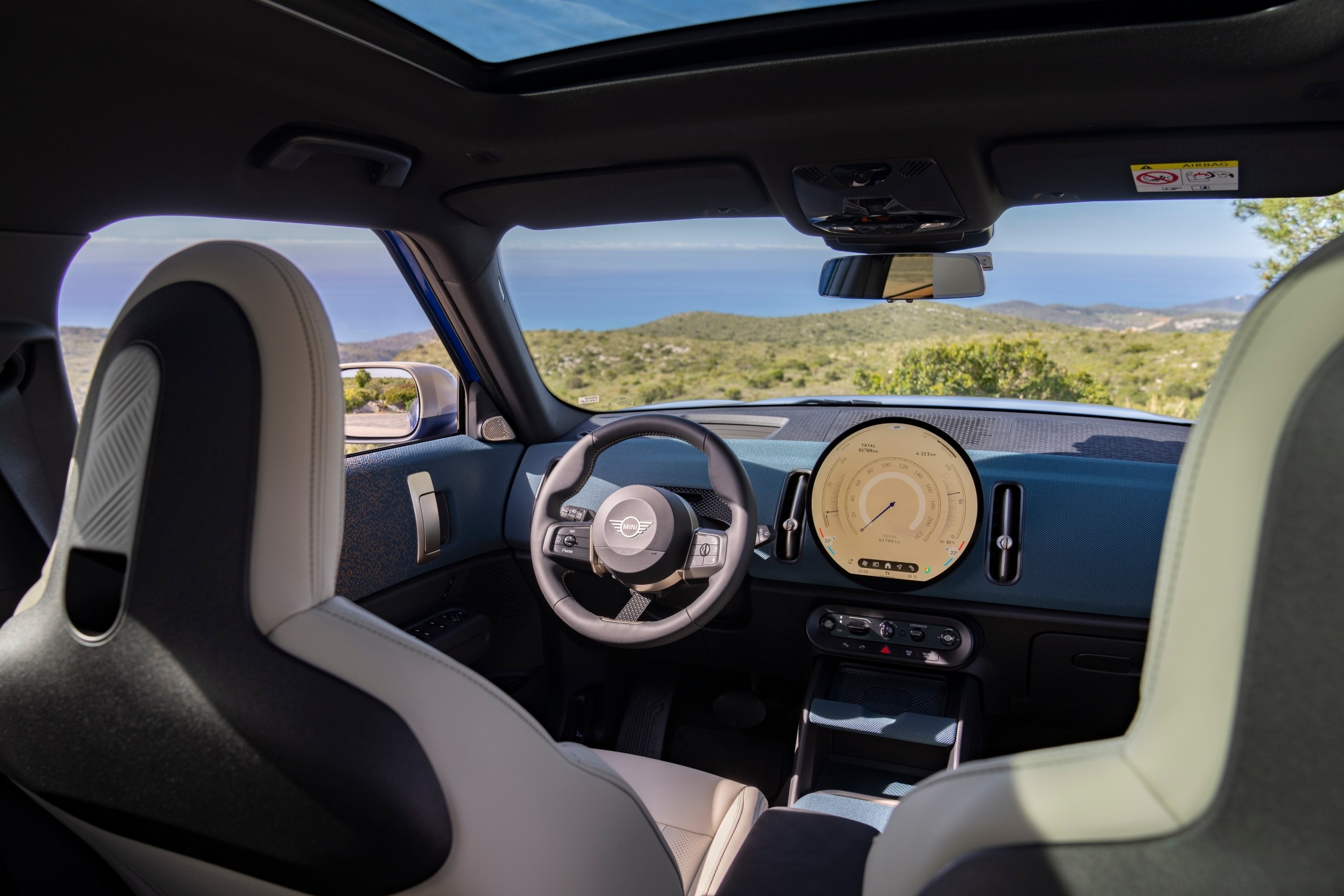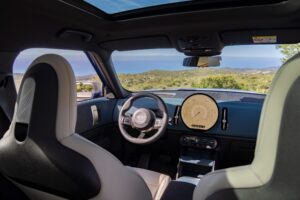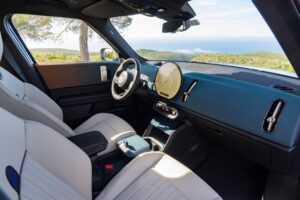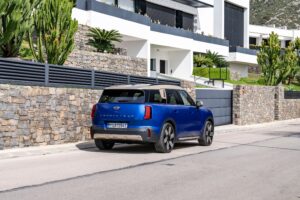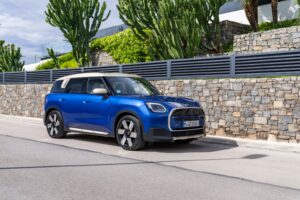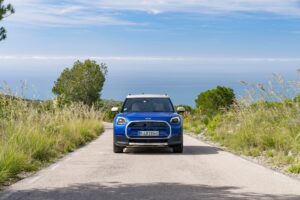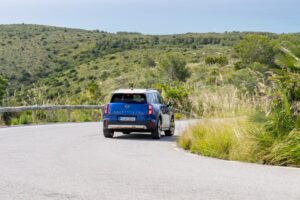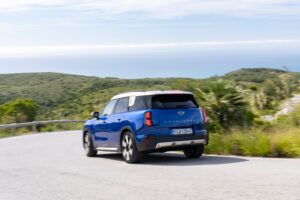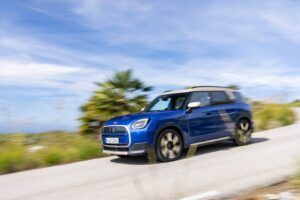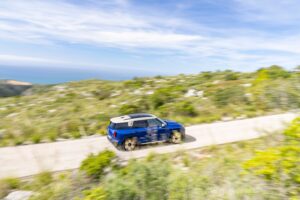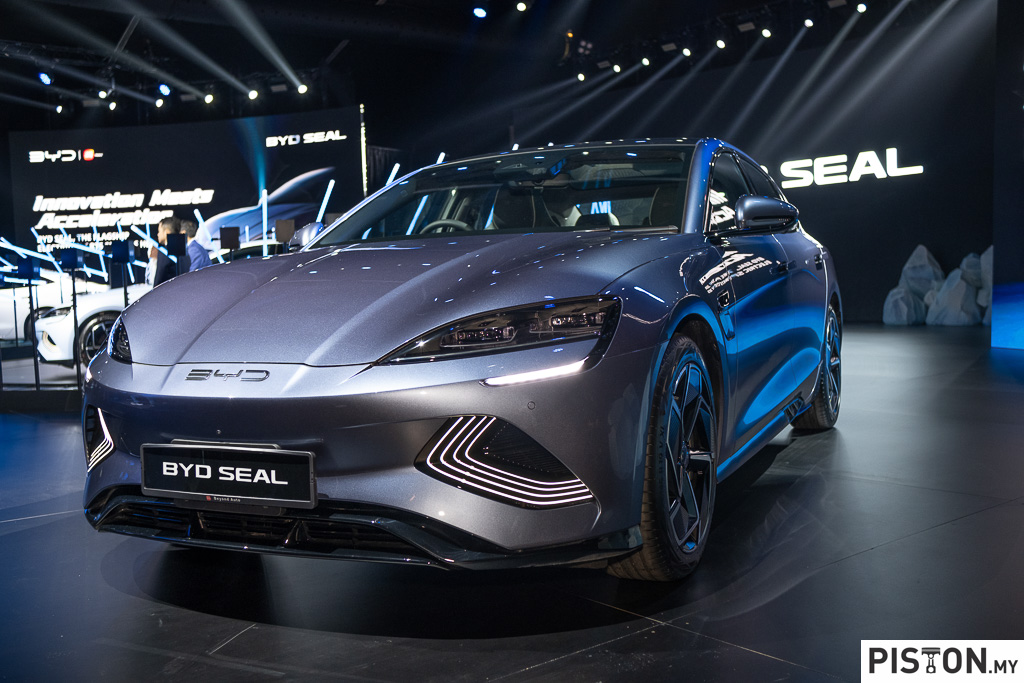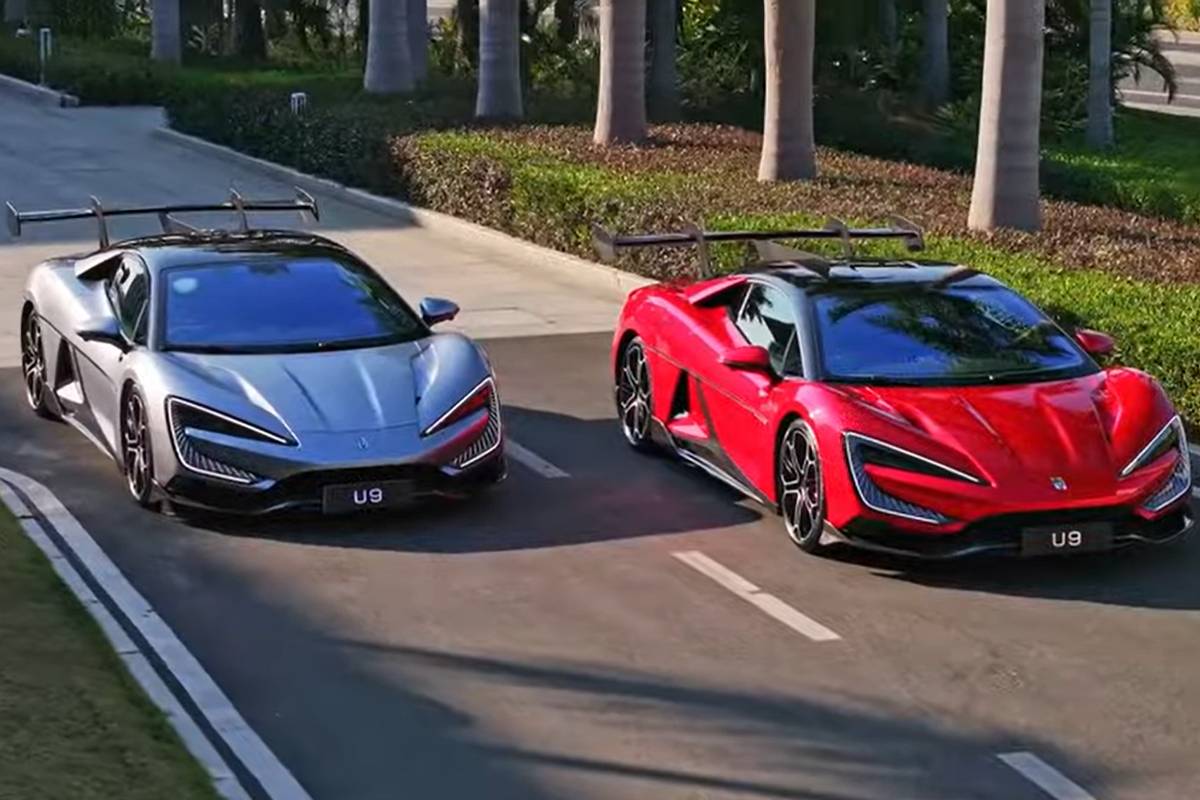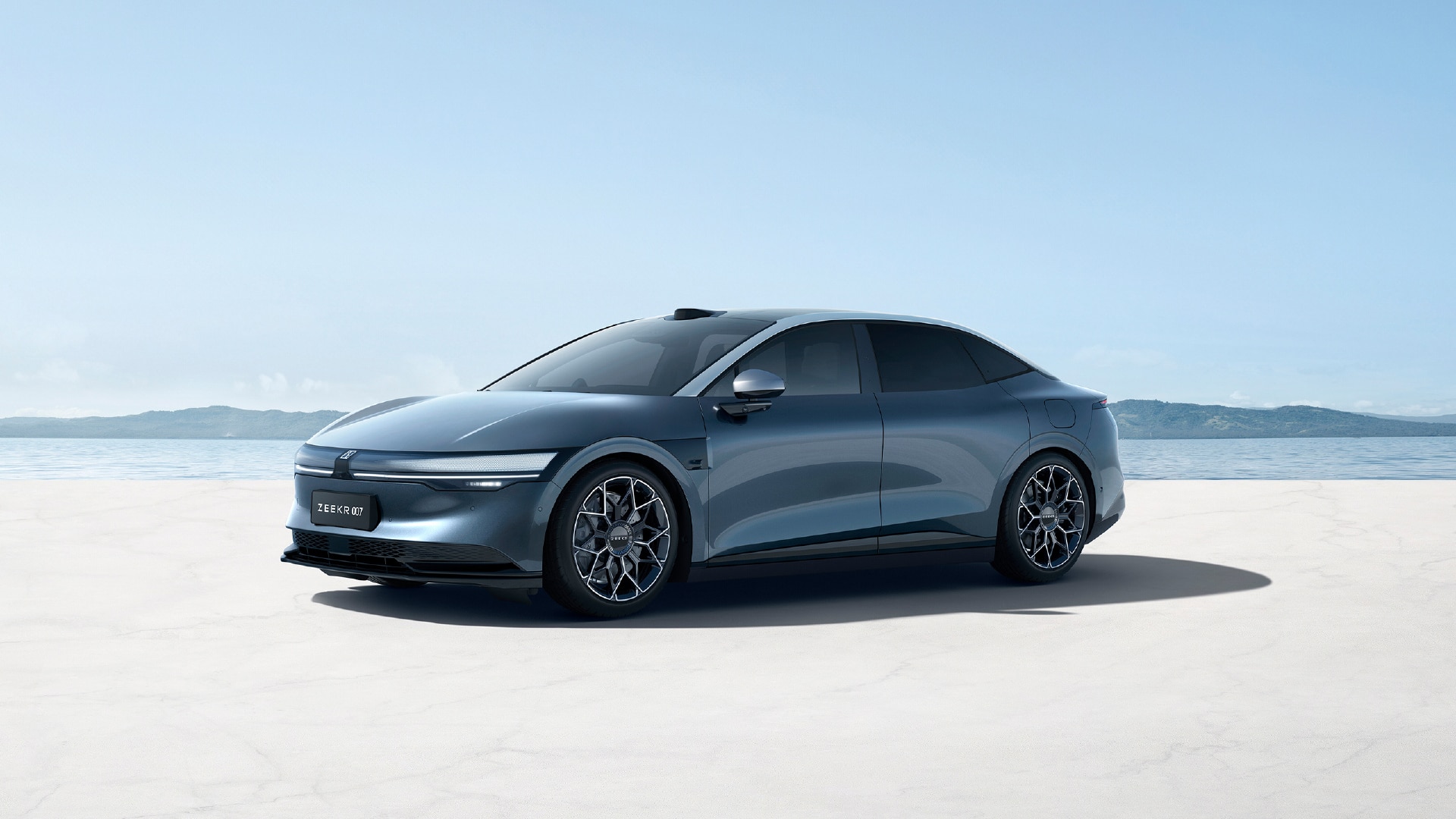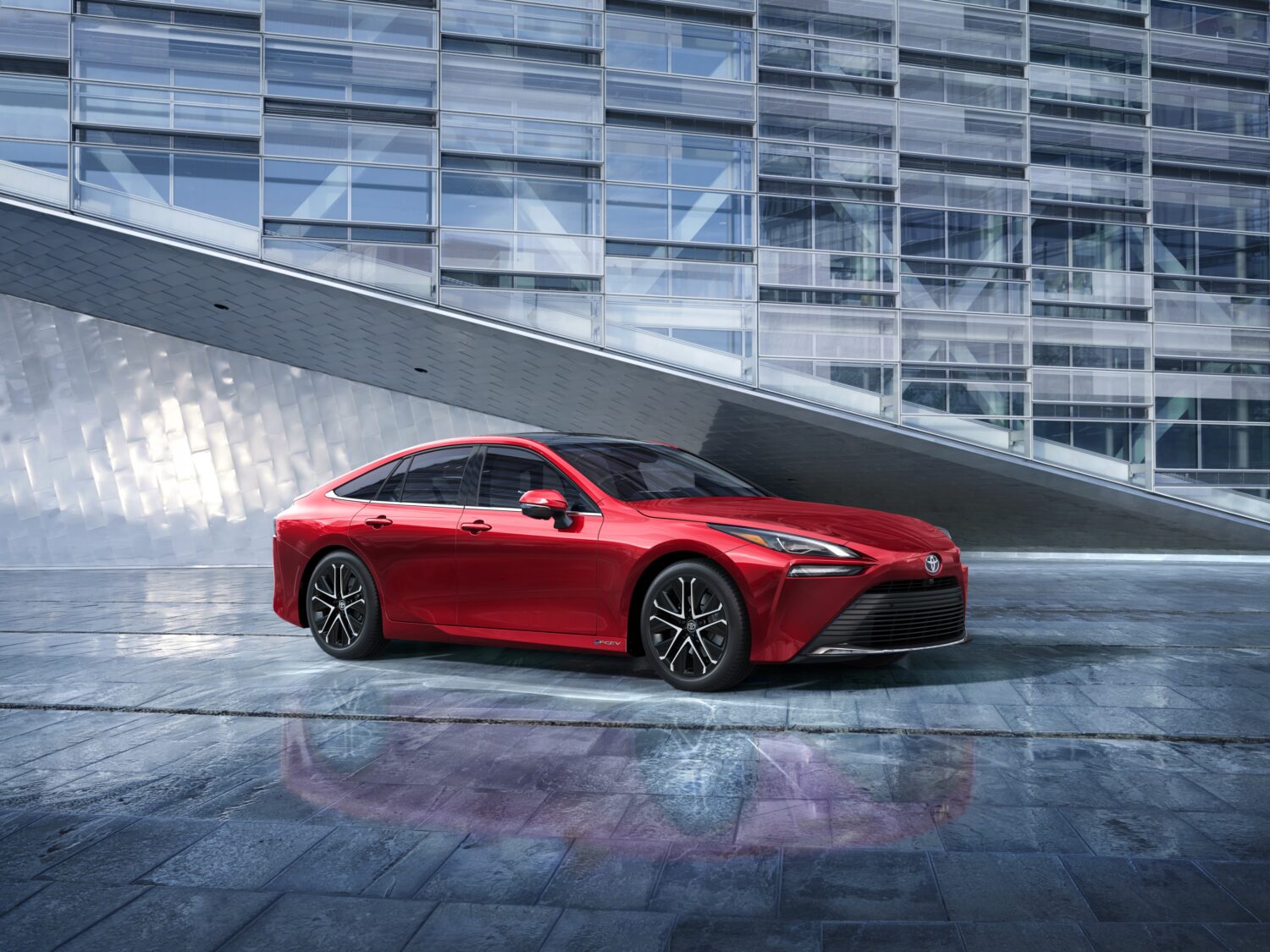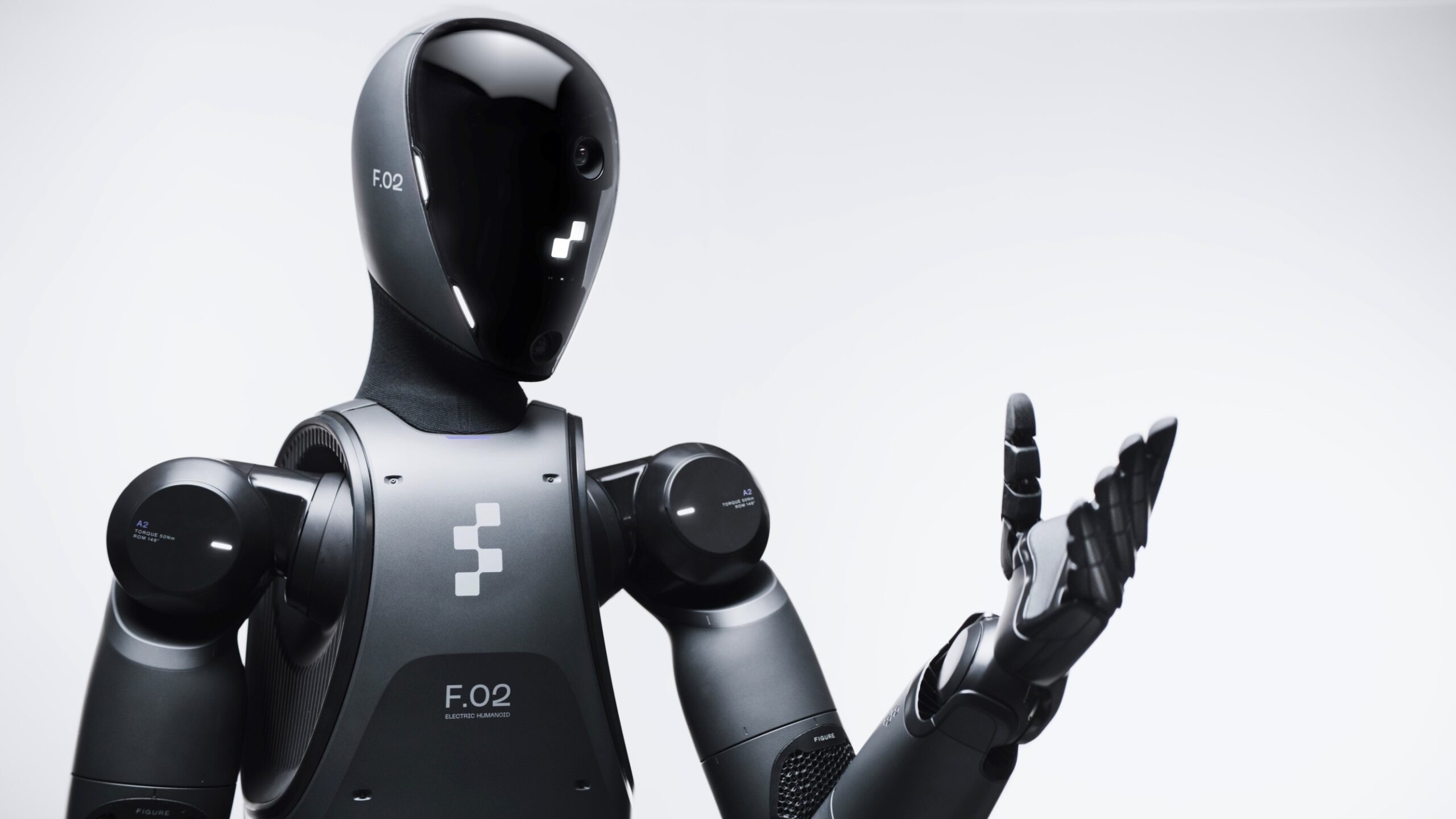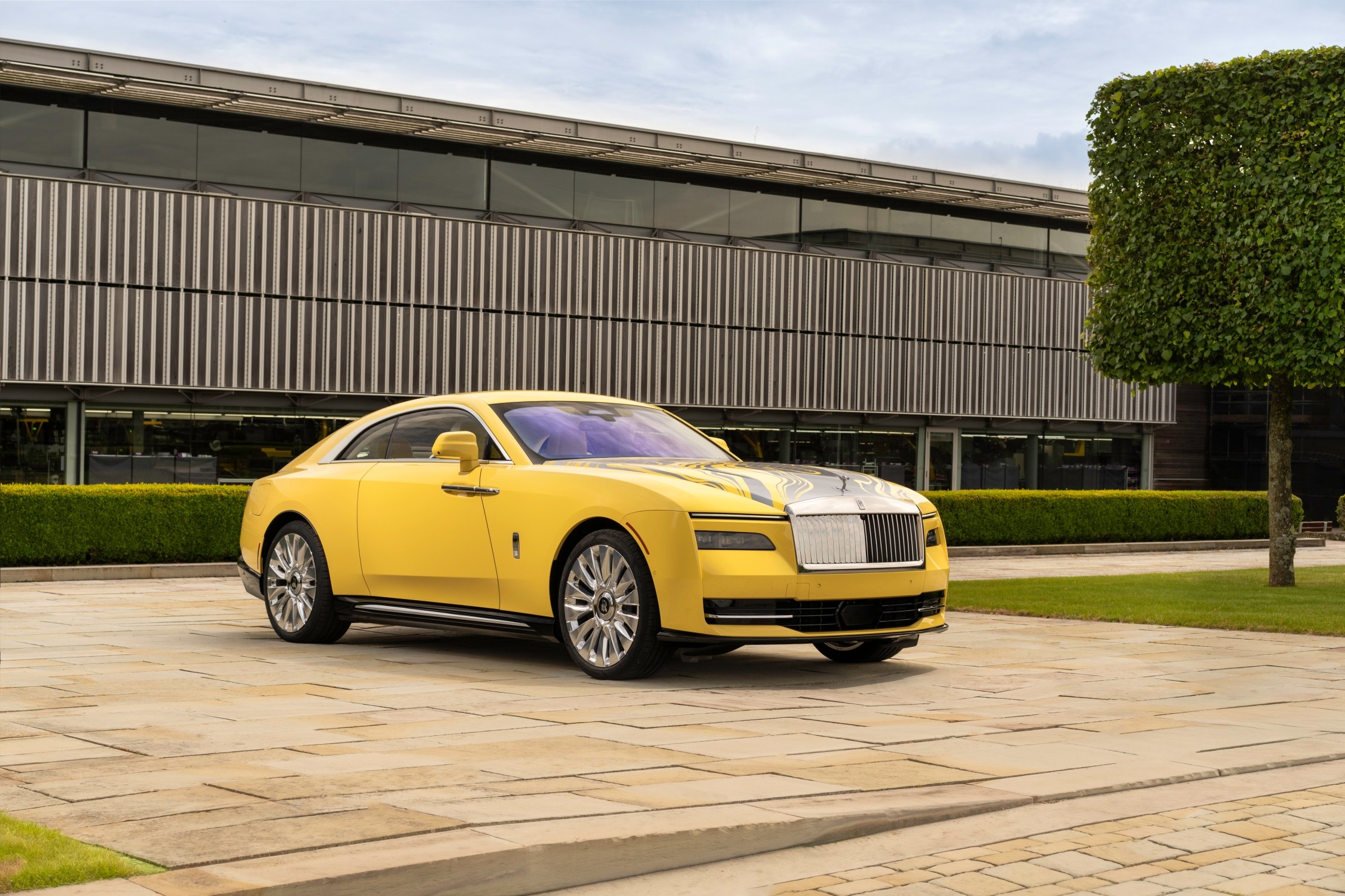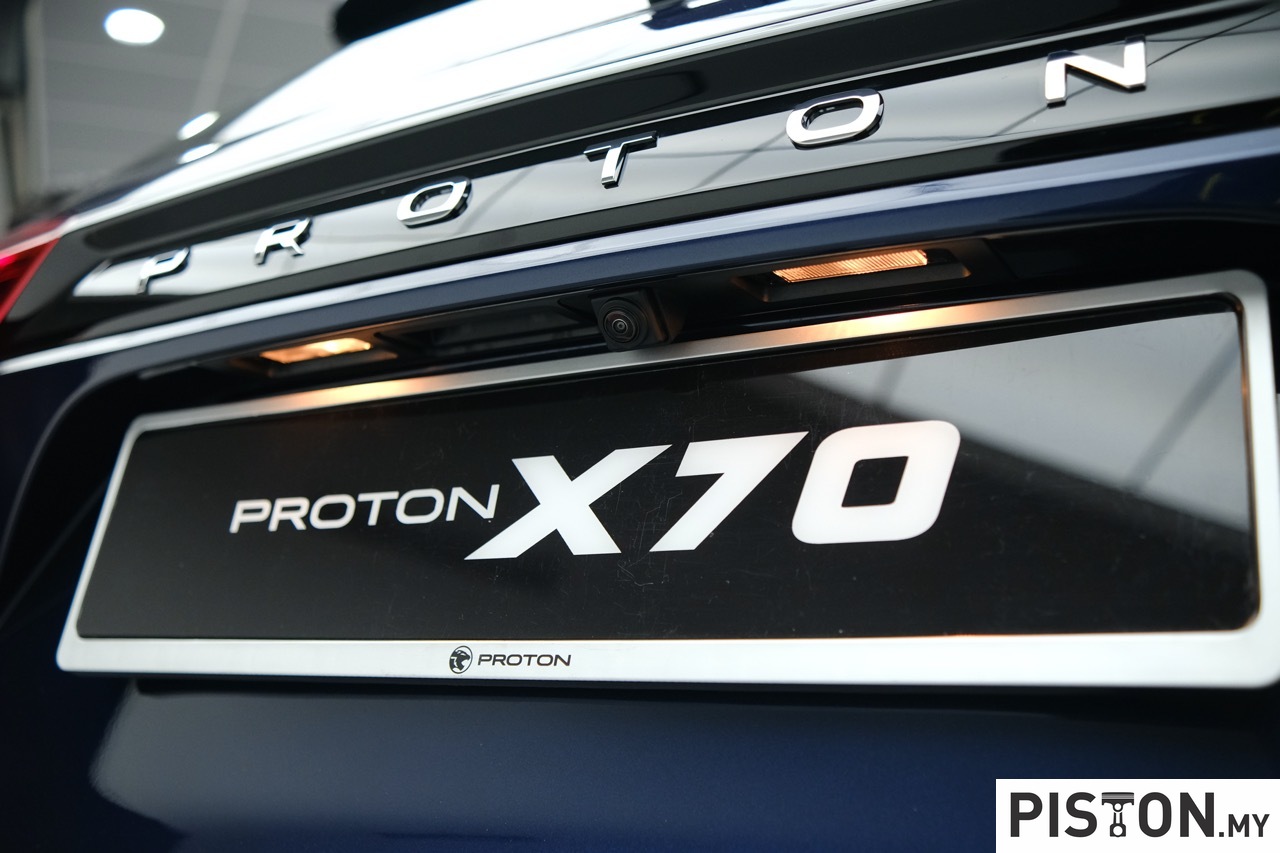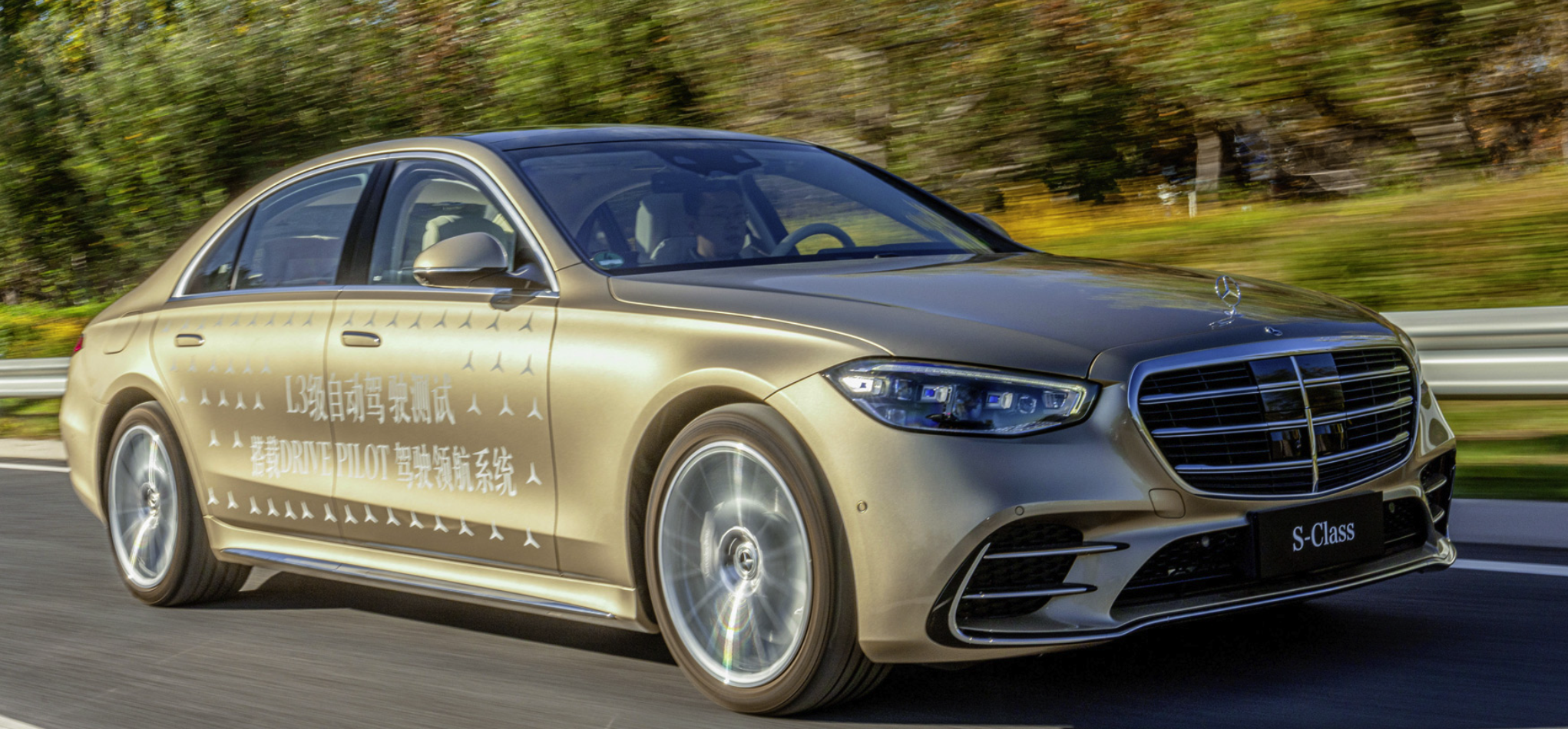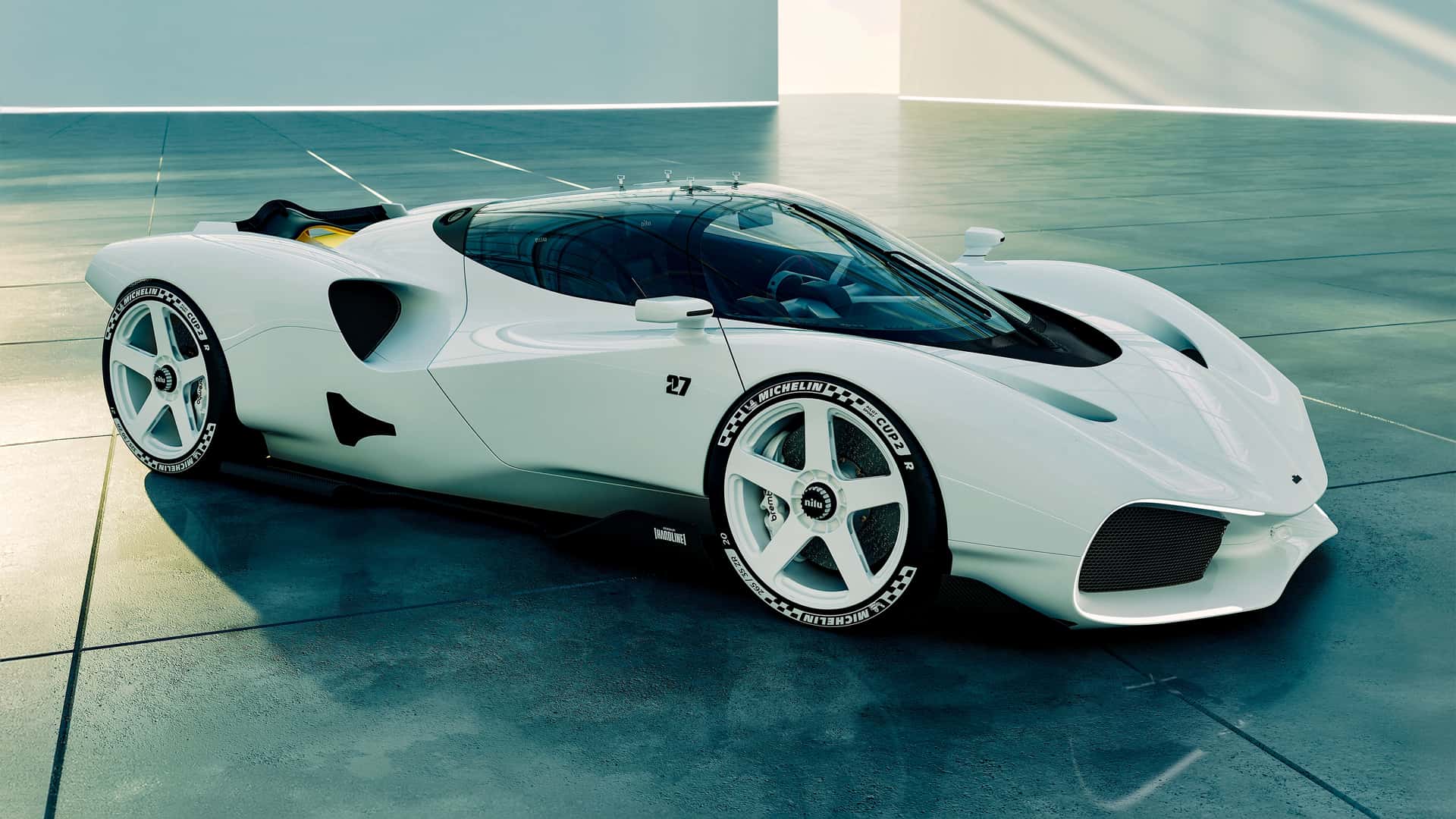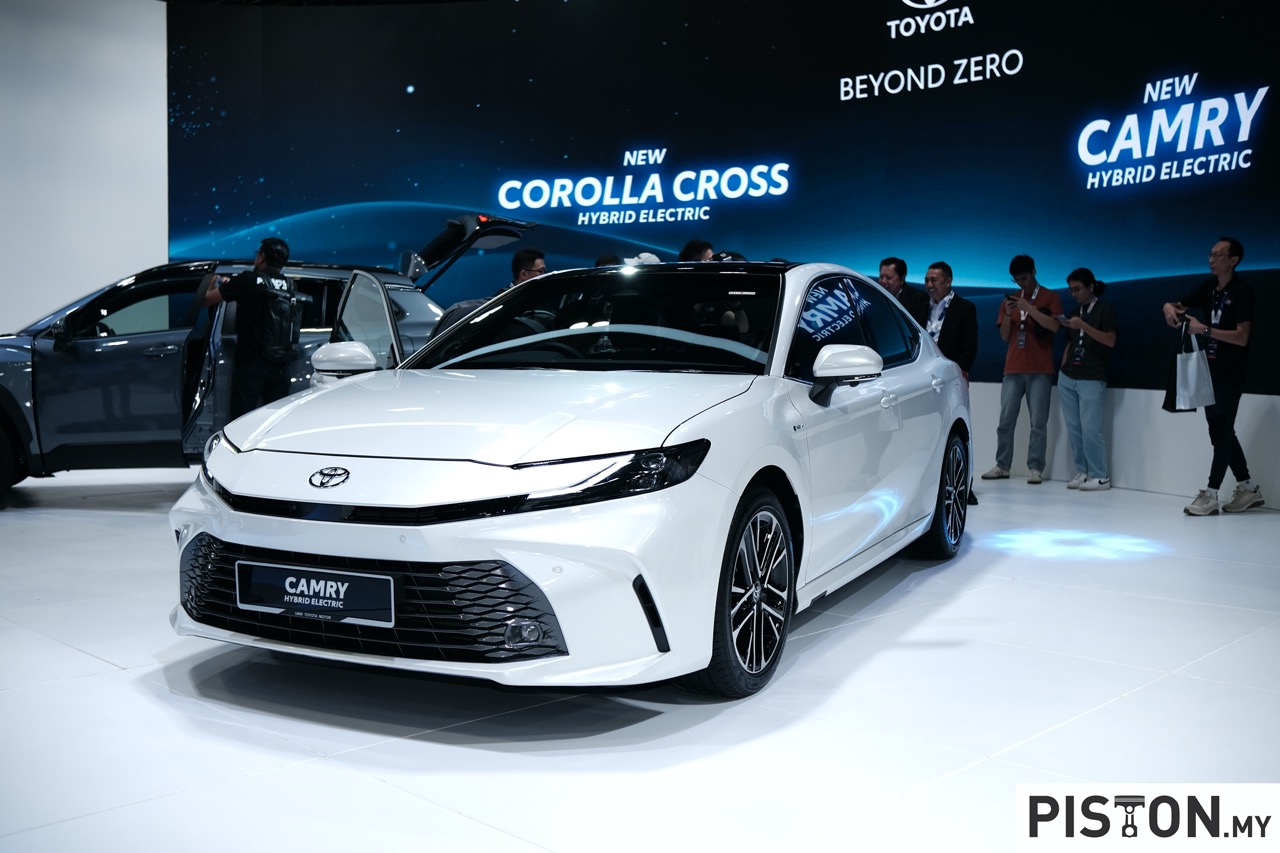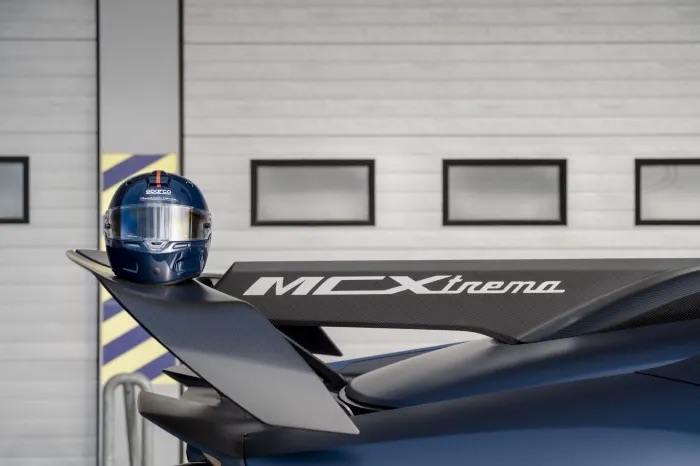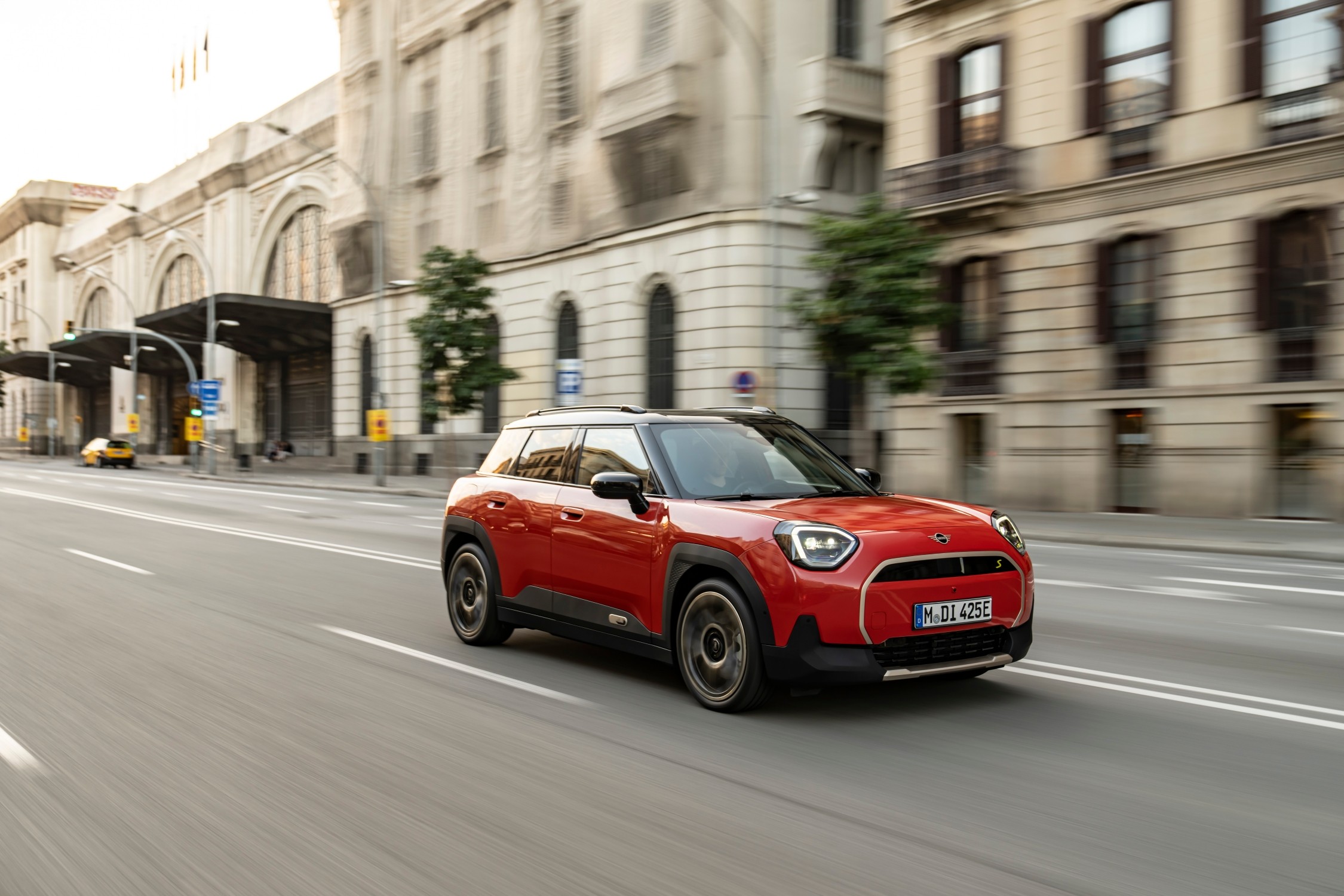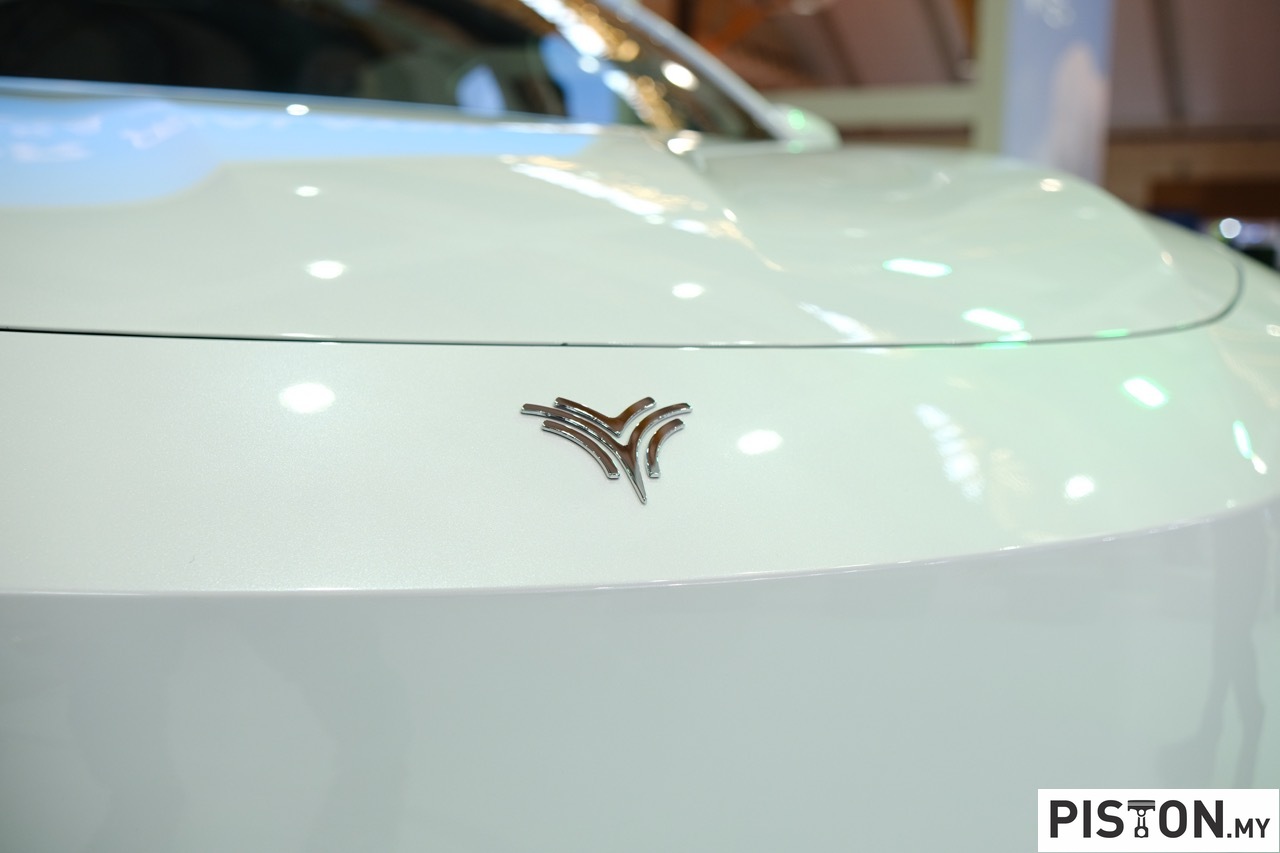BMW has unveiled the latest updates for its high-performance M2, showcasing significant power enhancements, striking design updates, and innovative new features.
Performance Upgrades
The new BMW M2 now boasts an additional 20hp, bringing the high-revving six-cylinder in-line petrol engine with M TwinPower Turbo technology to an impressive 480hp. The peak torque remains at 550Nm, but this figure rises to 600Nm with the standard eight-speed M Steptronic transmission with Drivelogic. Enhanced accelerator mapping and response in all drive modes enable more rapid reactions. Consequently, the 0 to 100km/h acceleration time is now just 4.0 seconds with the standard transmission and 4.2 seconds with the optional six-speed manual gearbox.
Design Enhancements
M-specific design features geared towards optimising cooling and aerodynamic balance accentuate the car’s aggressive stance. A large horizontal BMW kidney grille and a three-section split lower air intake optimise cooling for the powertrain components and brakes. Model-specific LED headlights positioned towards the outer edges of the front end, featuring single circular units for both low and high beams, pay homage to the classic BMW 02 models. Available options include Adaptive LED Headlights with BMW Selective Beam and M lights Shadowline with dark inlays.
The new BMW M2 is fitted as standard with M light-alloy wheels in a double-spoke design with a Jet Black finish, measuring 19 inches at the front and 20 inches at the rear. A new addition to the options list includes M light-alloy wheels in a Silver finish, which can be combined with track tyres if the optional M Race Track package is specified.
Interior and Technology
The most important interface between the driver and car, the steering wheel, has been newly designed, bringing a fresh look to the interior. The standard-fitted M leather steering wheel now has a flat-bottomed rim, a red center marker, gearshift paddles, and the two M buttons for selecting individually configured vehicle setups, all contributing to an intense racing car feel. An M Alcantara steering wheel with an optional heating function is also available.
Optional M Sport seats in Vernasca leather now come in a red/black bi-colour variant. Additionally, weight-minimized M Carbon bucket seats, previously only available with the M Race Track package, can now be ordered separately.
The cockpit features a fully digital screen grouping, made up of a 12.3-inch information display and a 14.9-inch control display, running on the latest BMW Operating System 8.5. The functions of the climate control system are now operated digitally, accessible via touch using a special menu option in the lower area of the control display or by voice command through the BMW Intelligent Personal Assistant.
Exterior Paint Options
Customers can order their new BMW M2 in a choice of three solid colours, five metallic shades, and six BMW Individual paint finishes. The expanded range includes the new Sao Paulo Yellow solid, Fire Red metallic, Portimao Blue metallic, and Skyscraper Grey metallic variants. Additionally, the selection of BMW Individual paint finishes for the new BMW M2 now also features Java Green, Voodoo Blue, Grigio Telesto, and Twilight Purple.
BMW’s latest updates ensure the new M2 not only delivers superior performance but also stands out with its bold design and advanced features, reaffirming its position as a leader in the high-performance compact segment.



